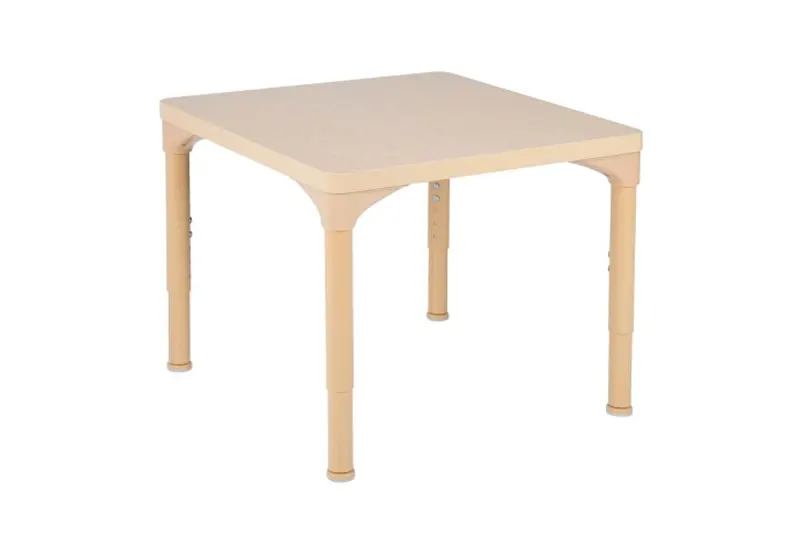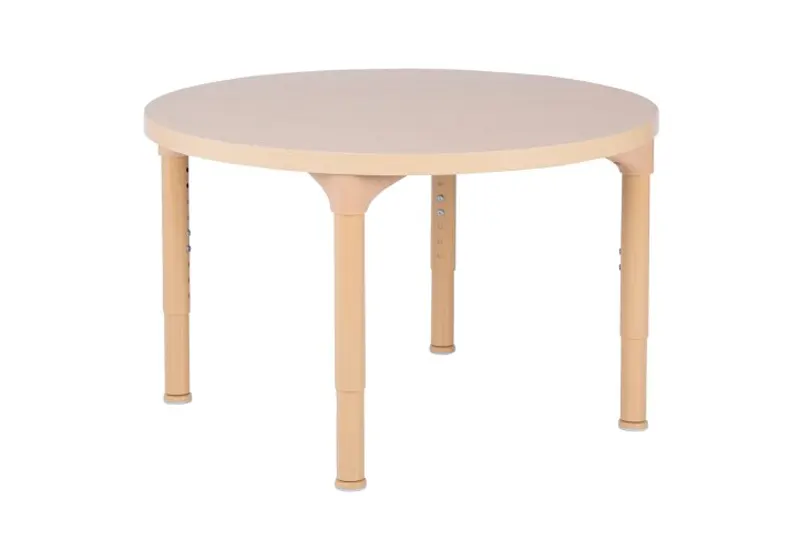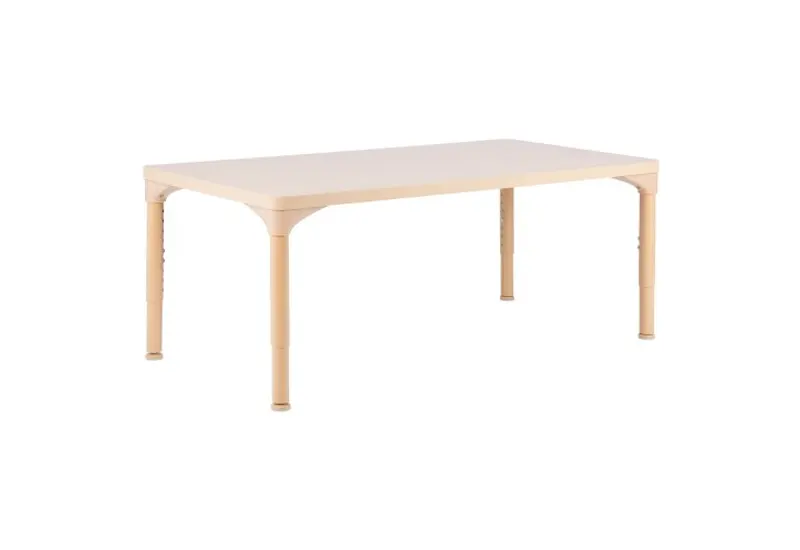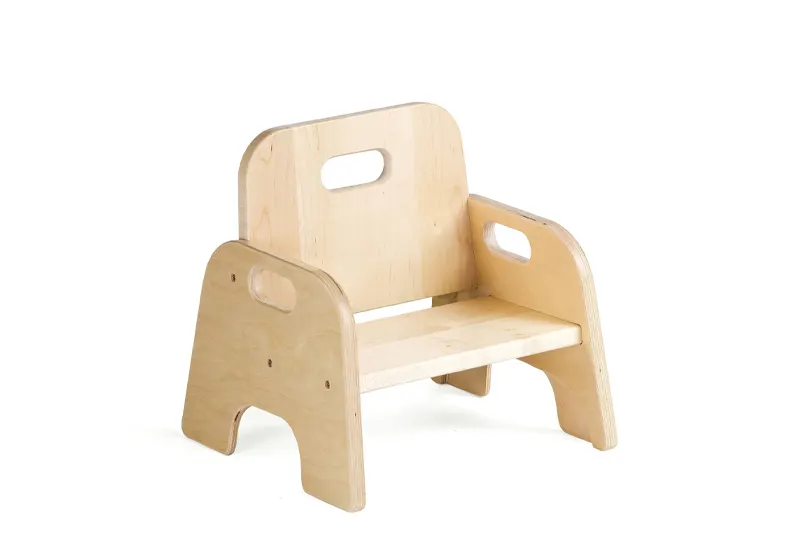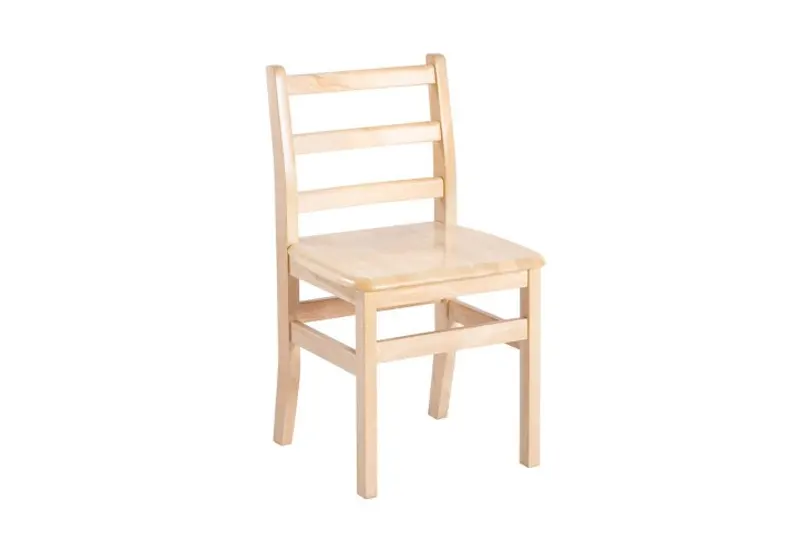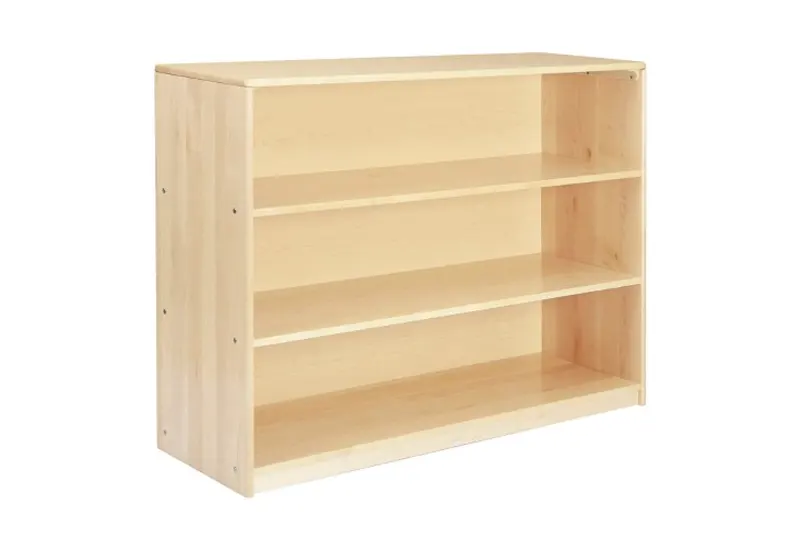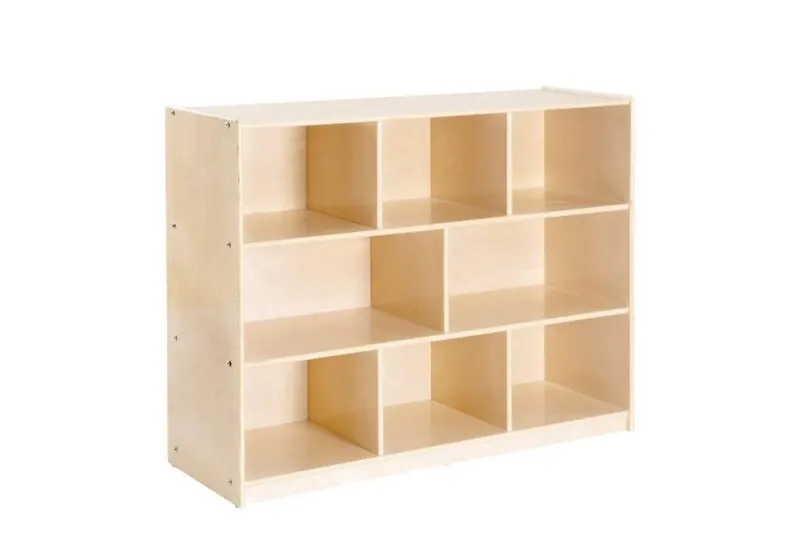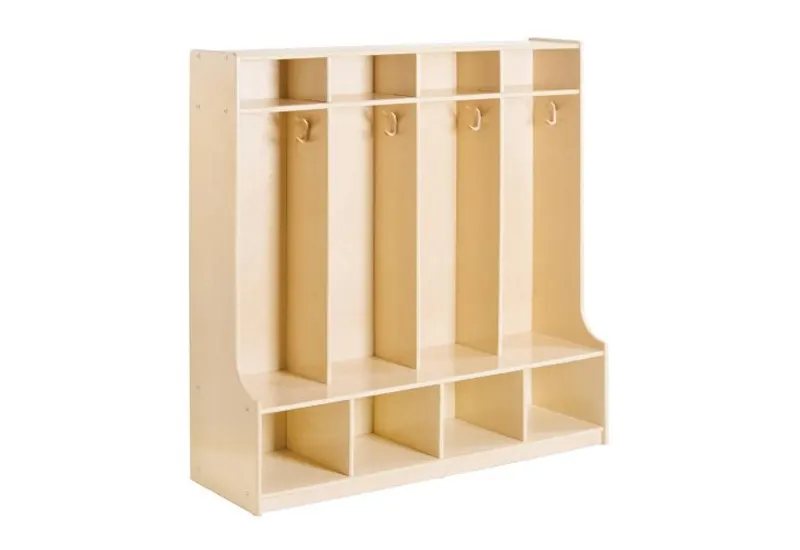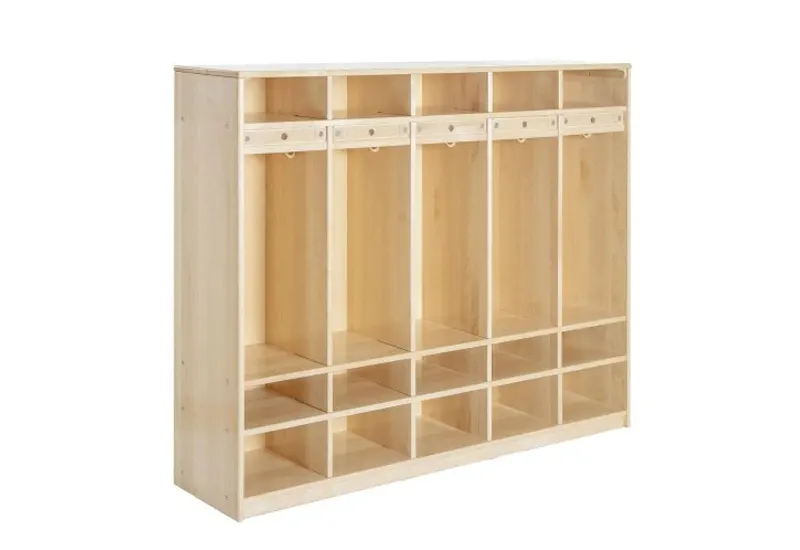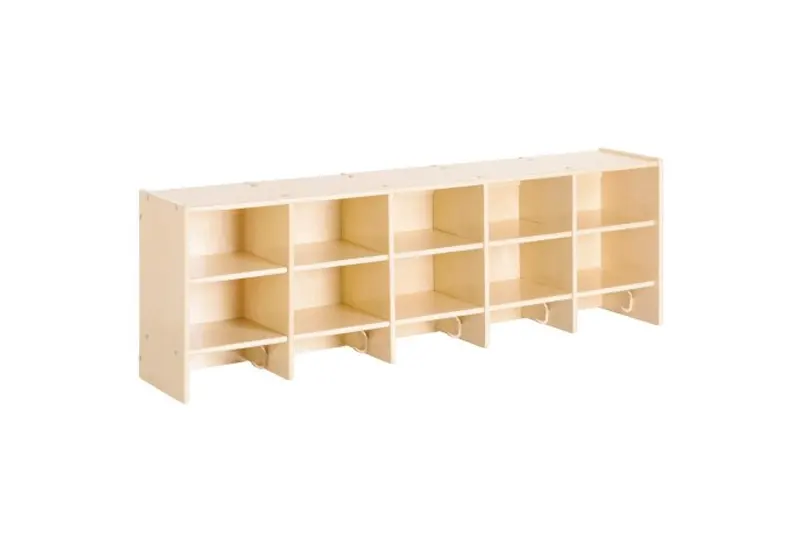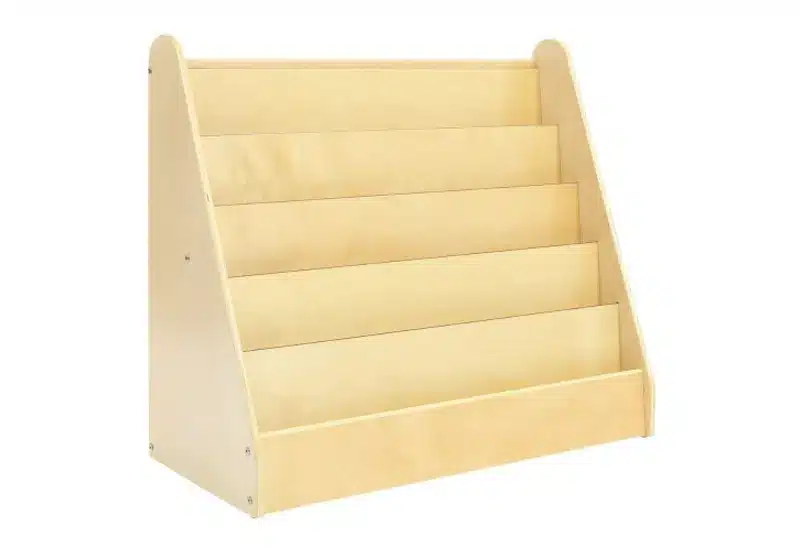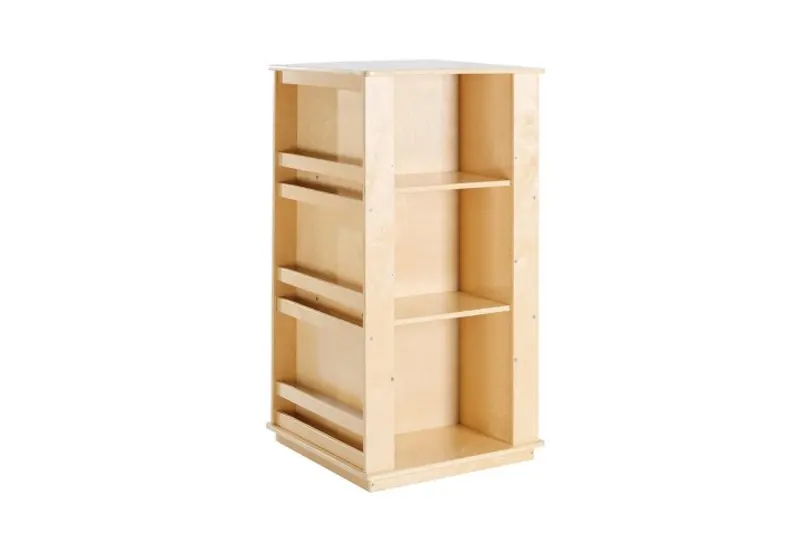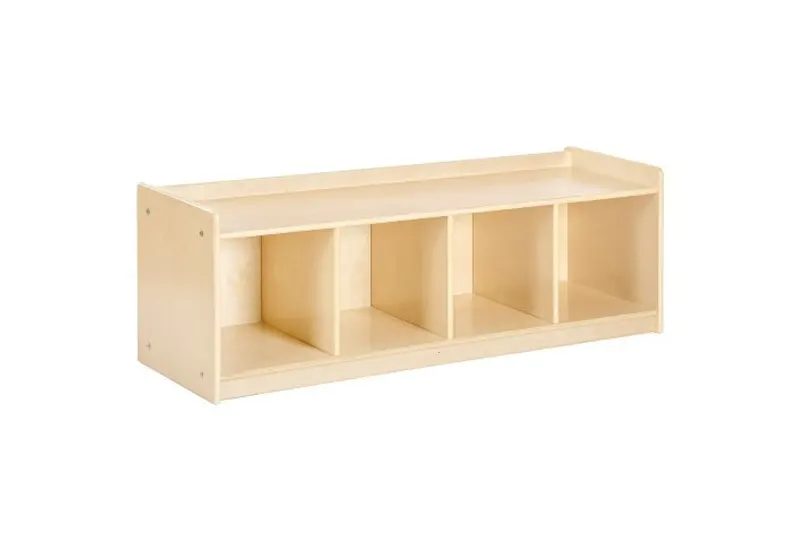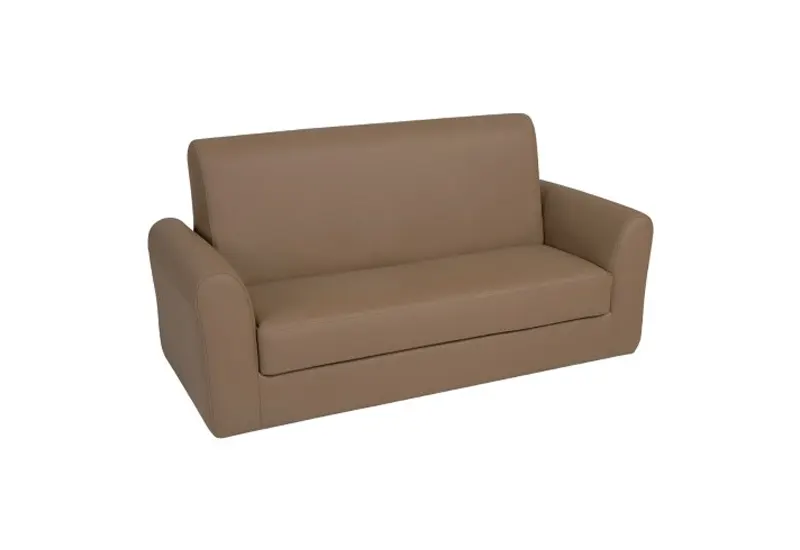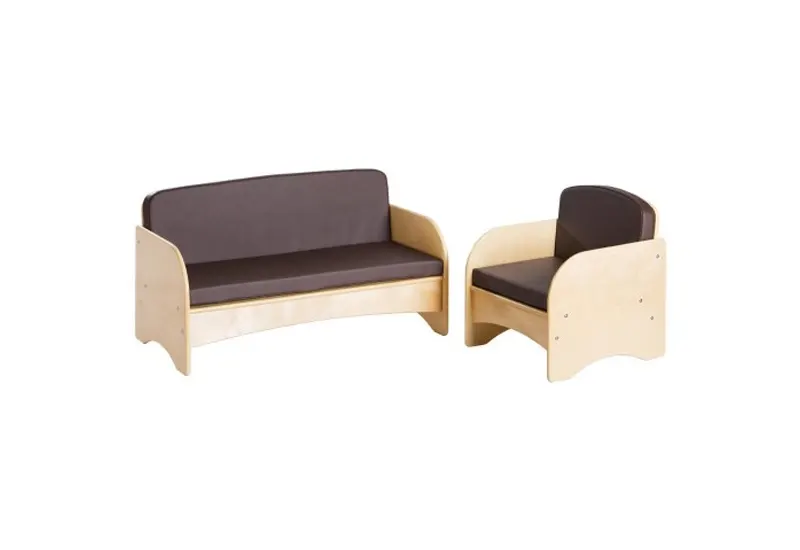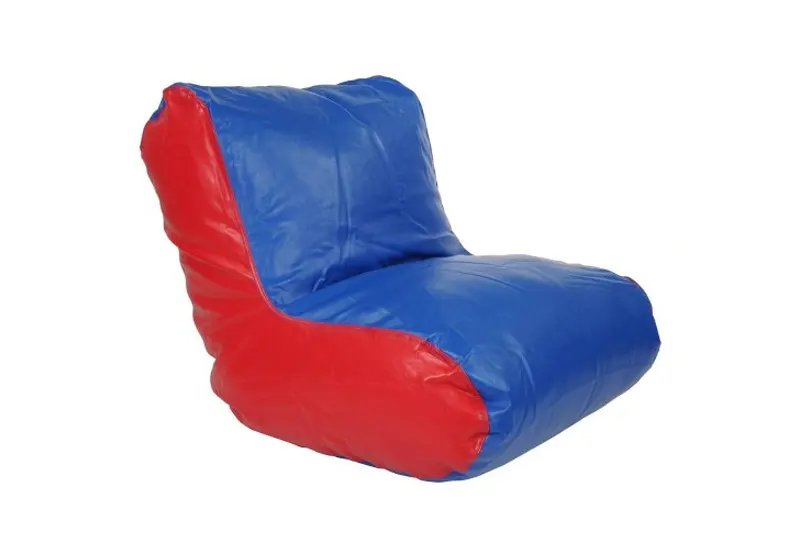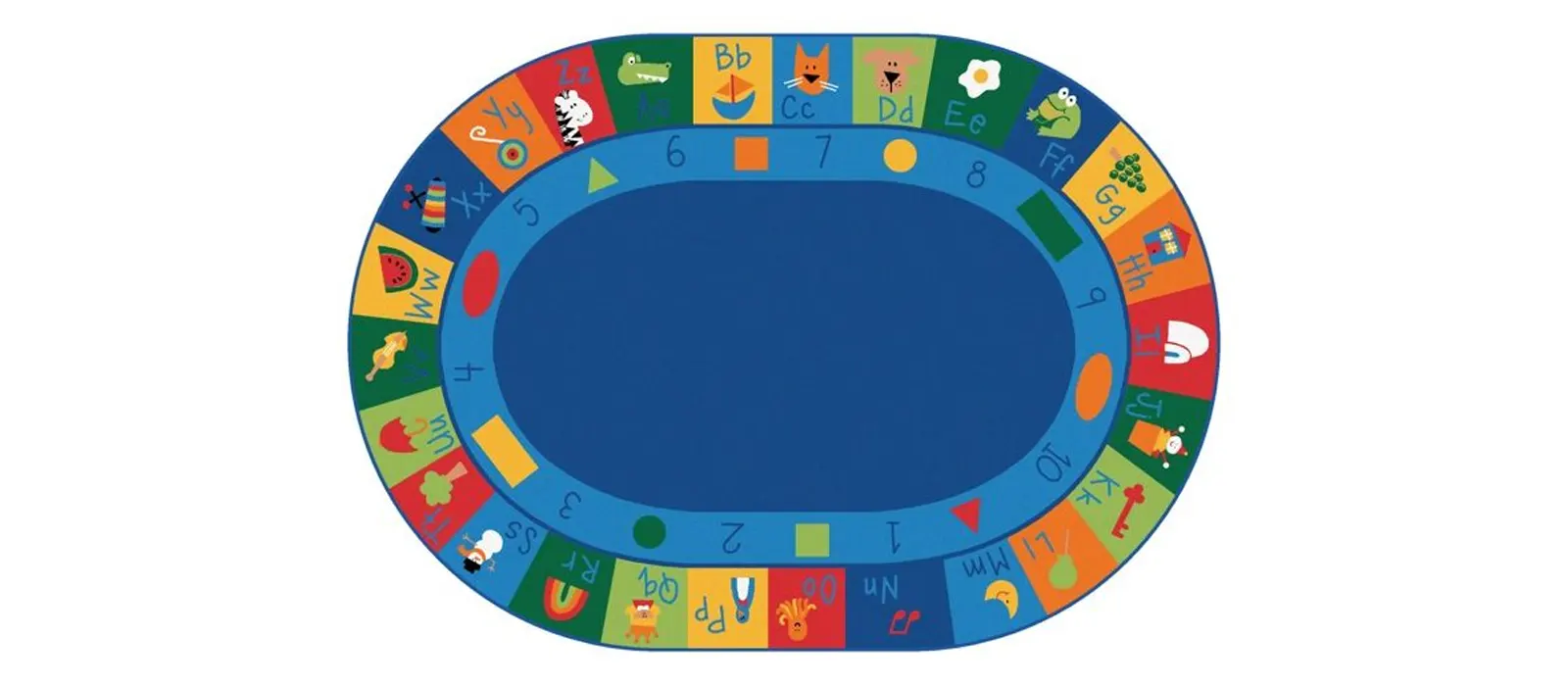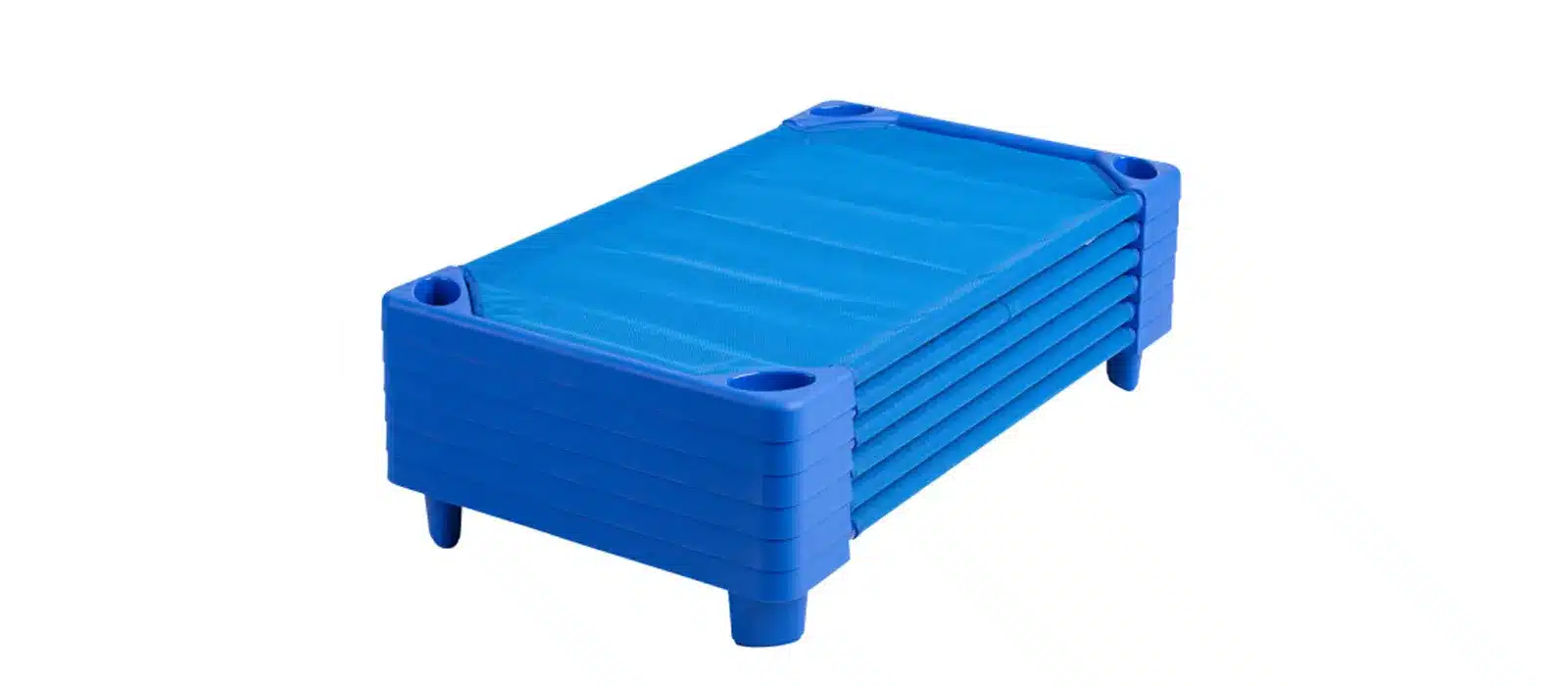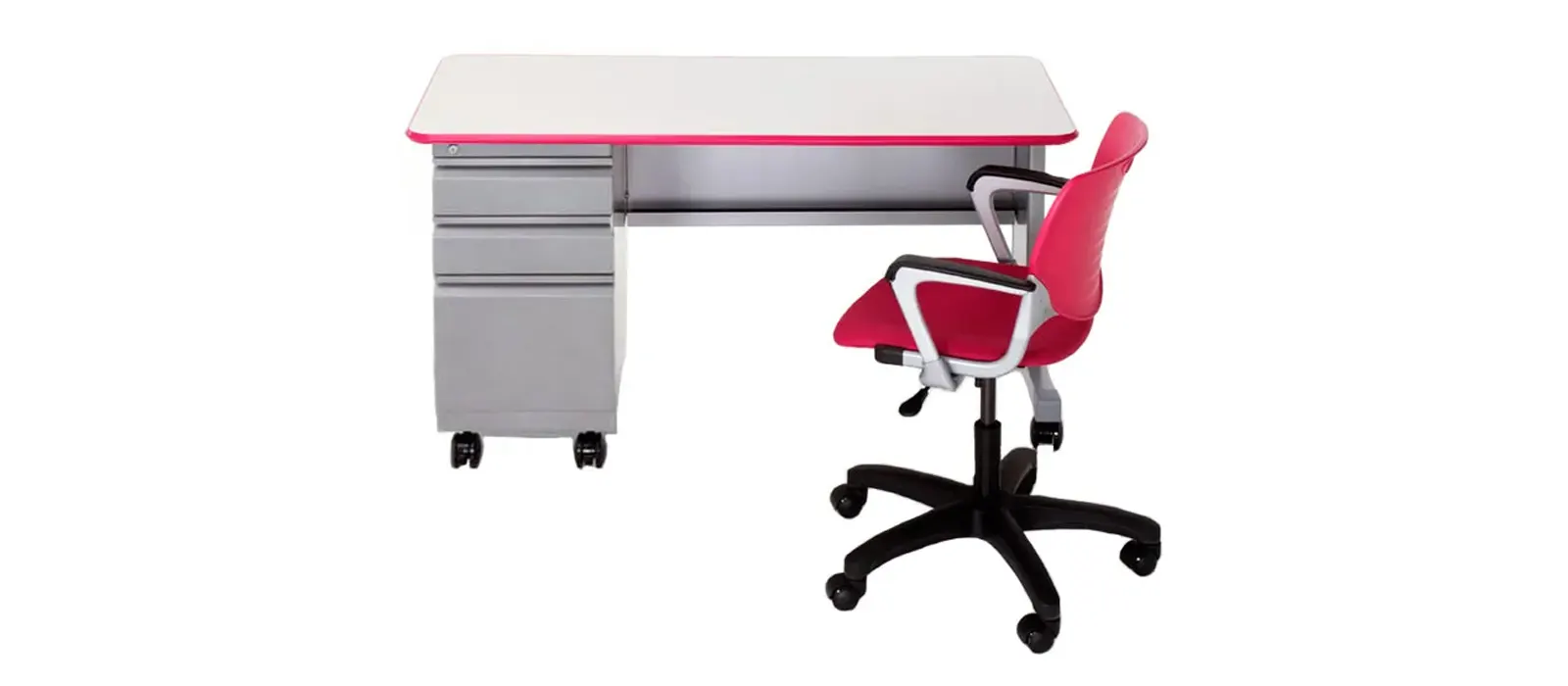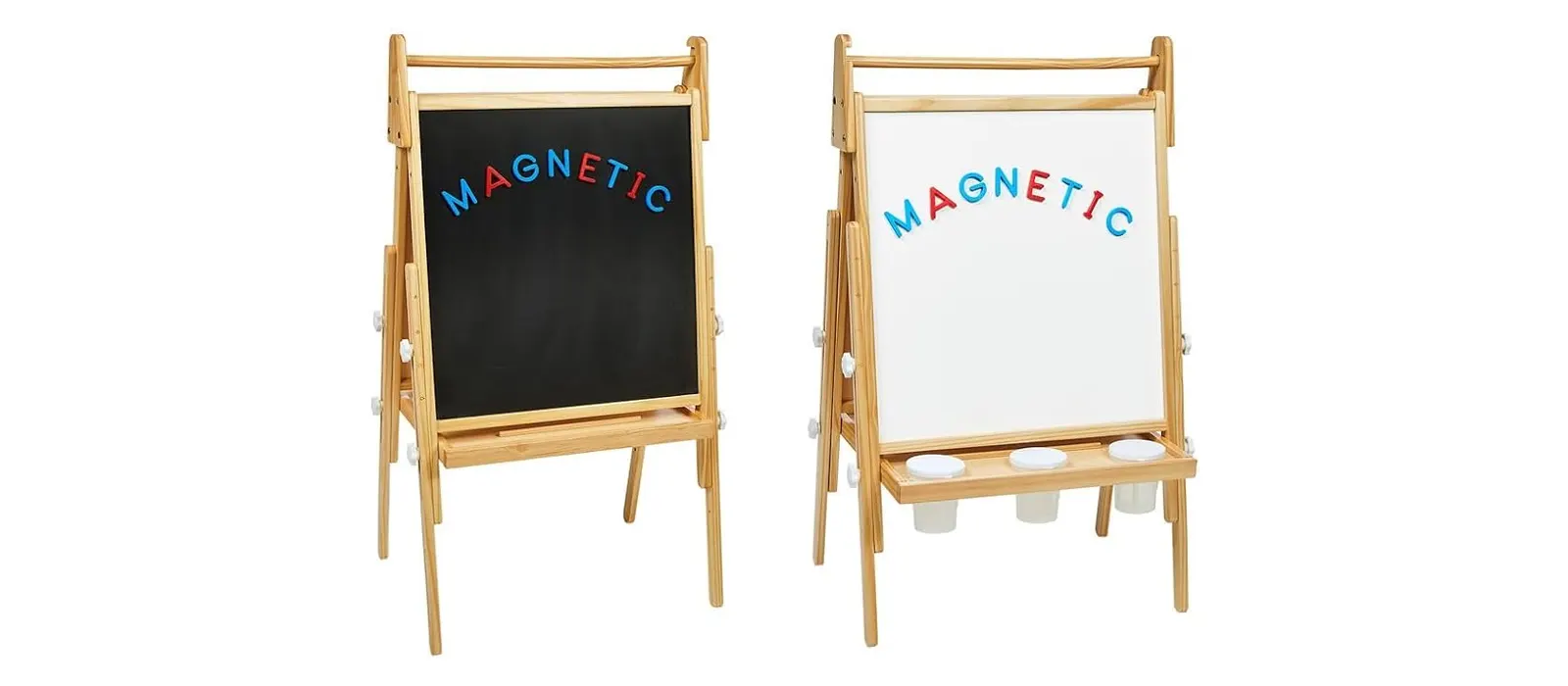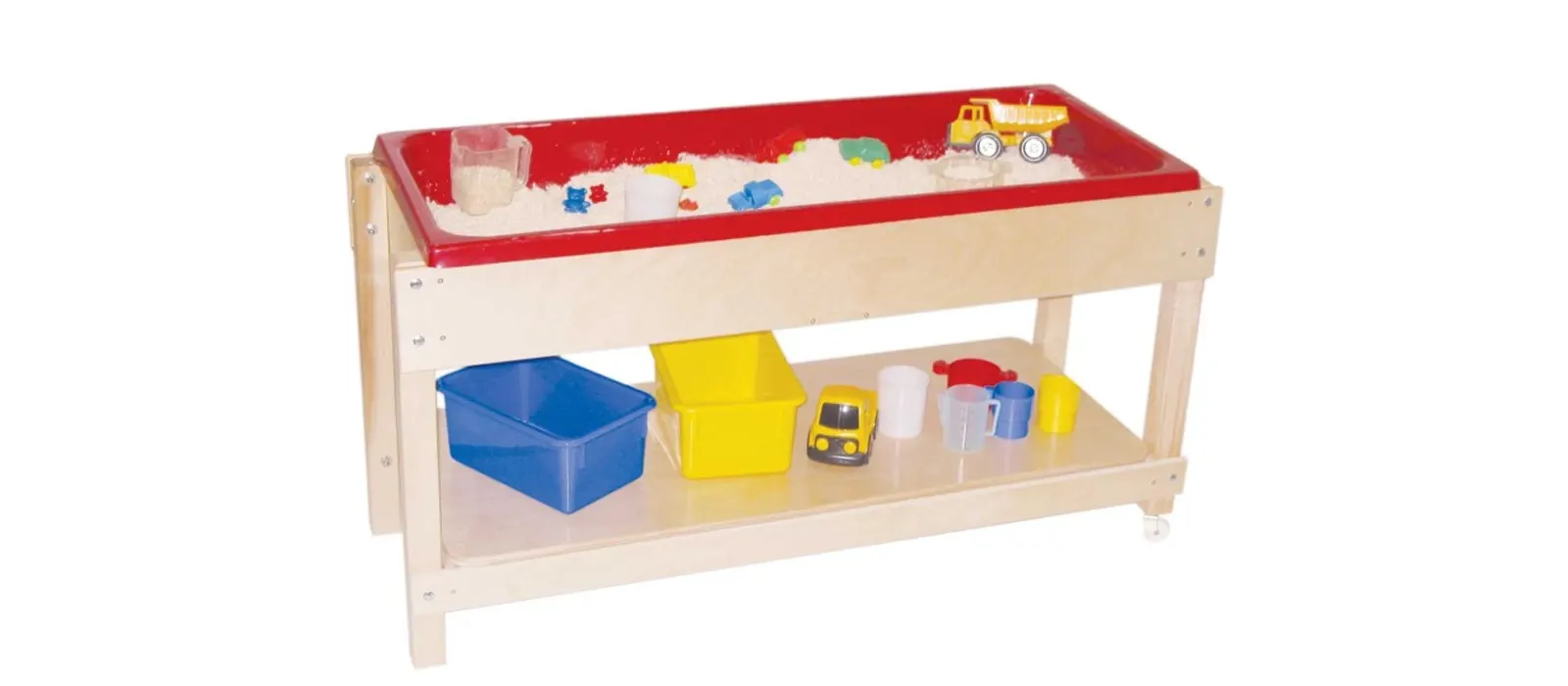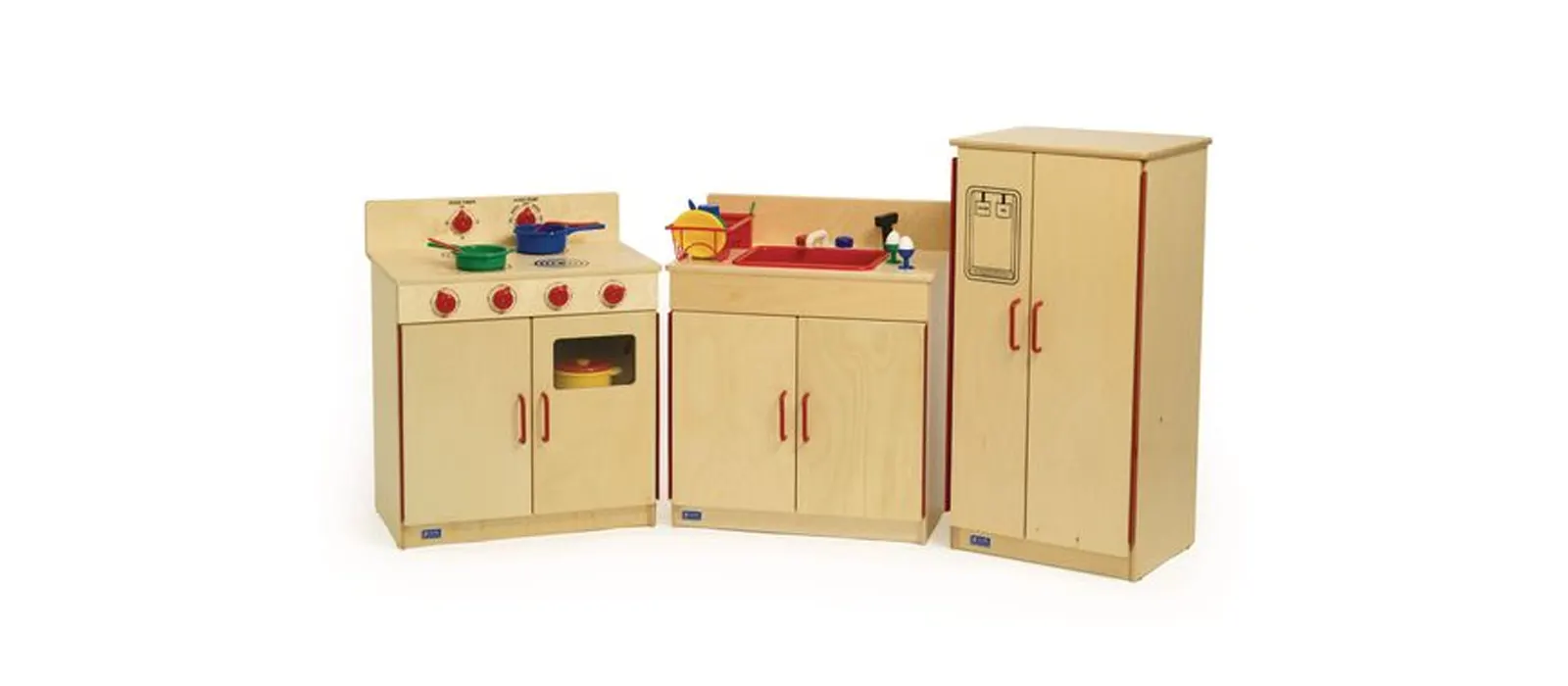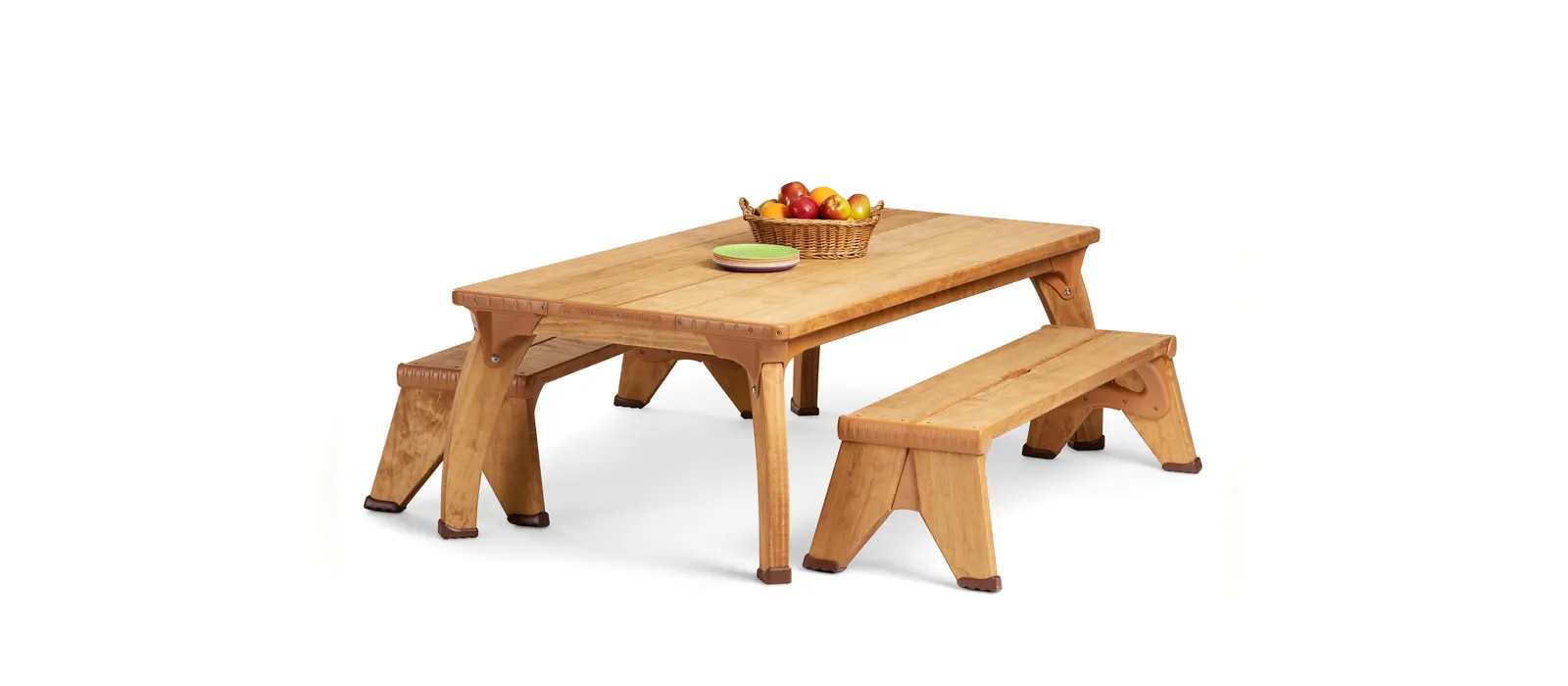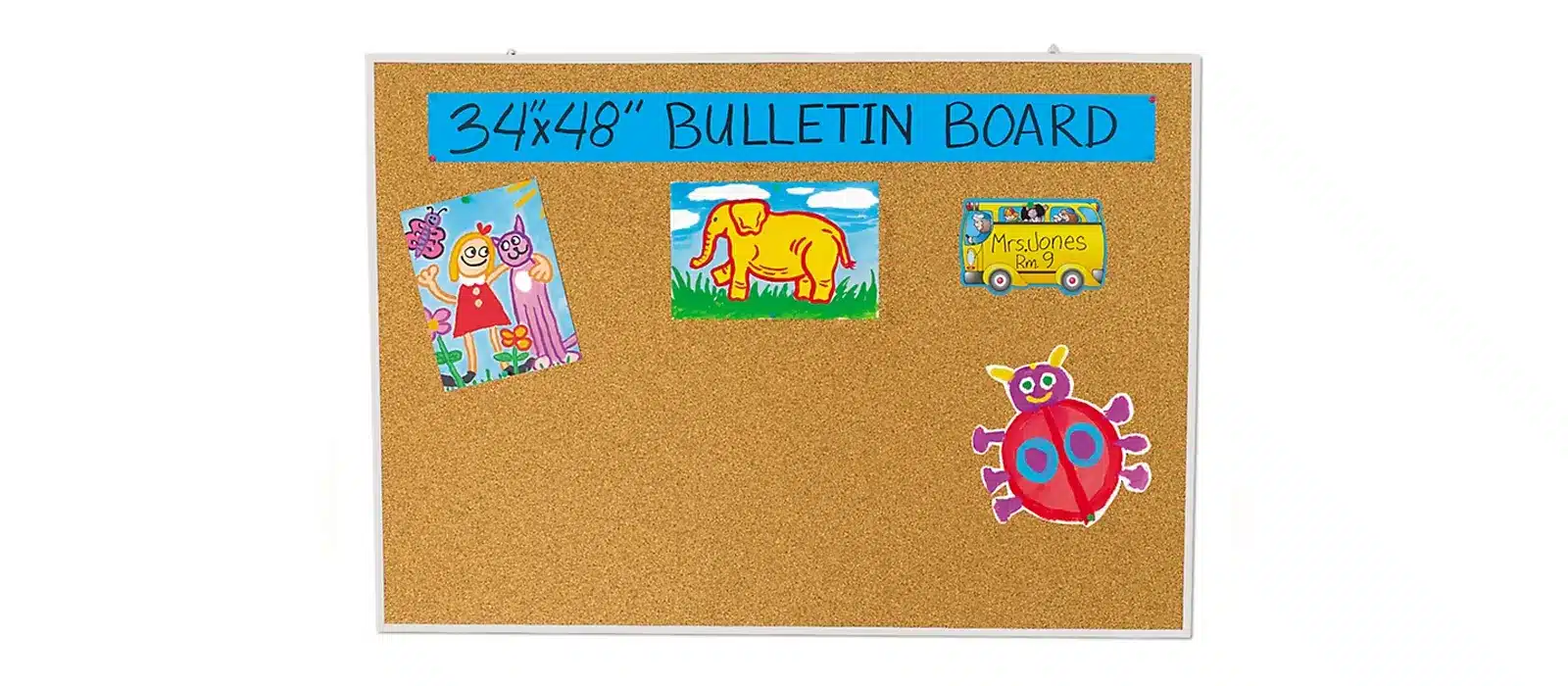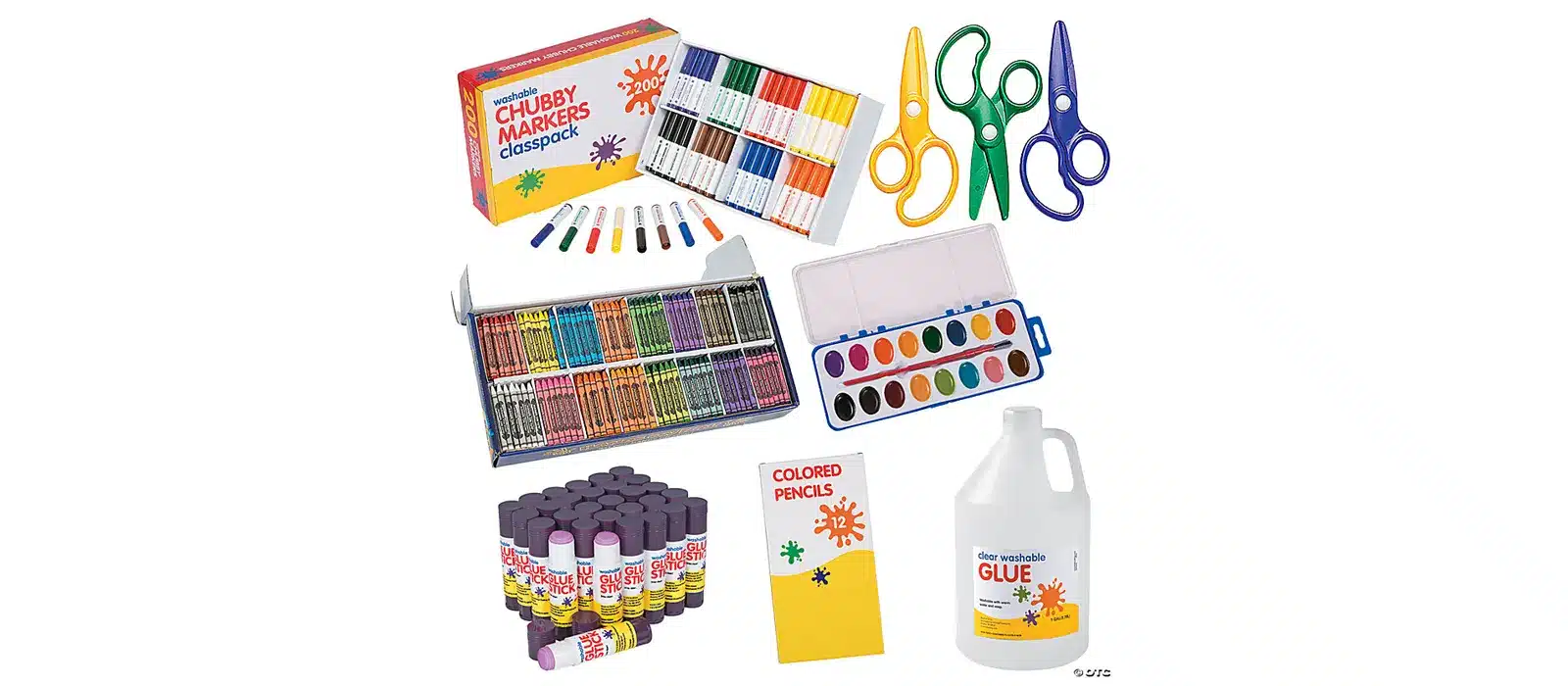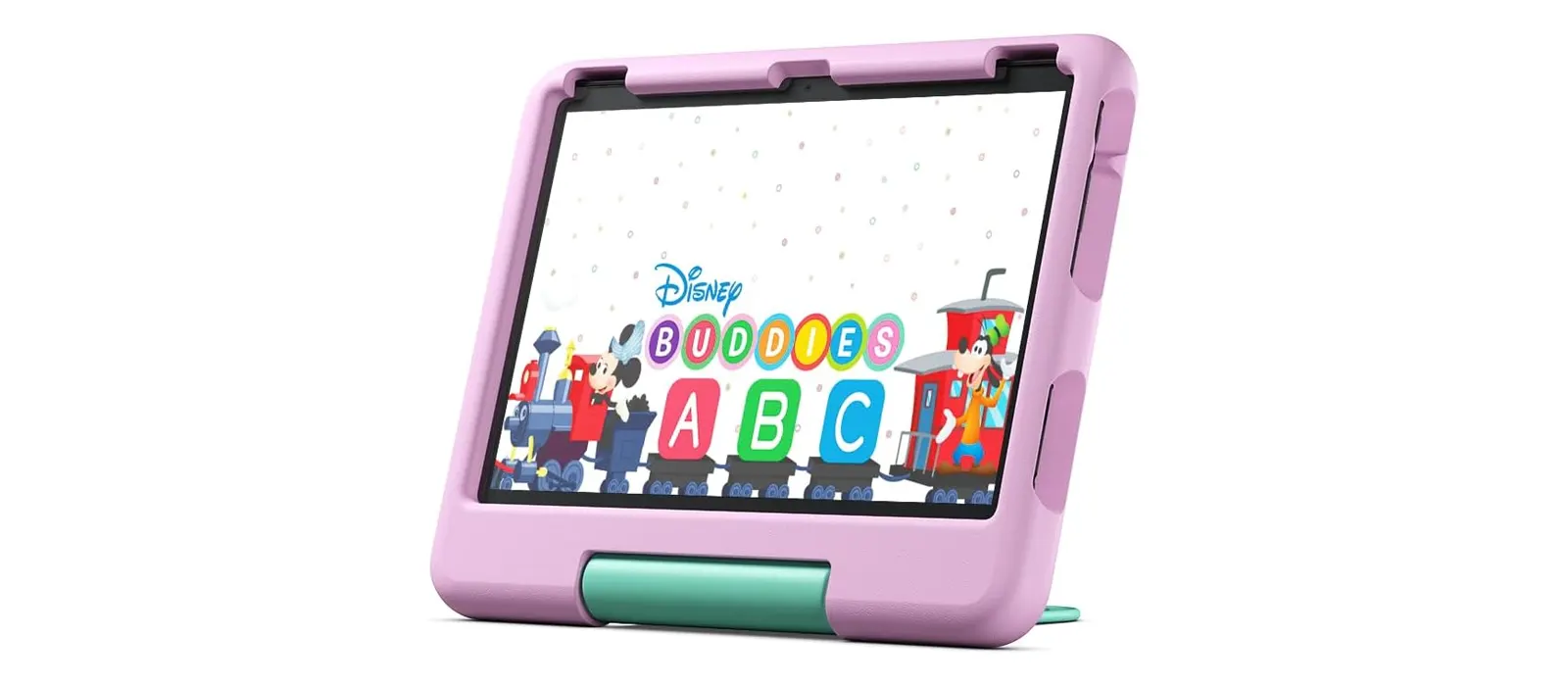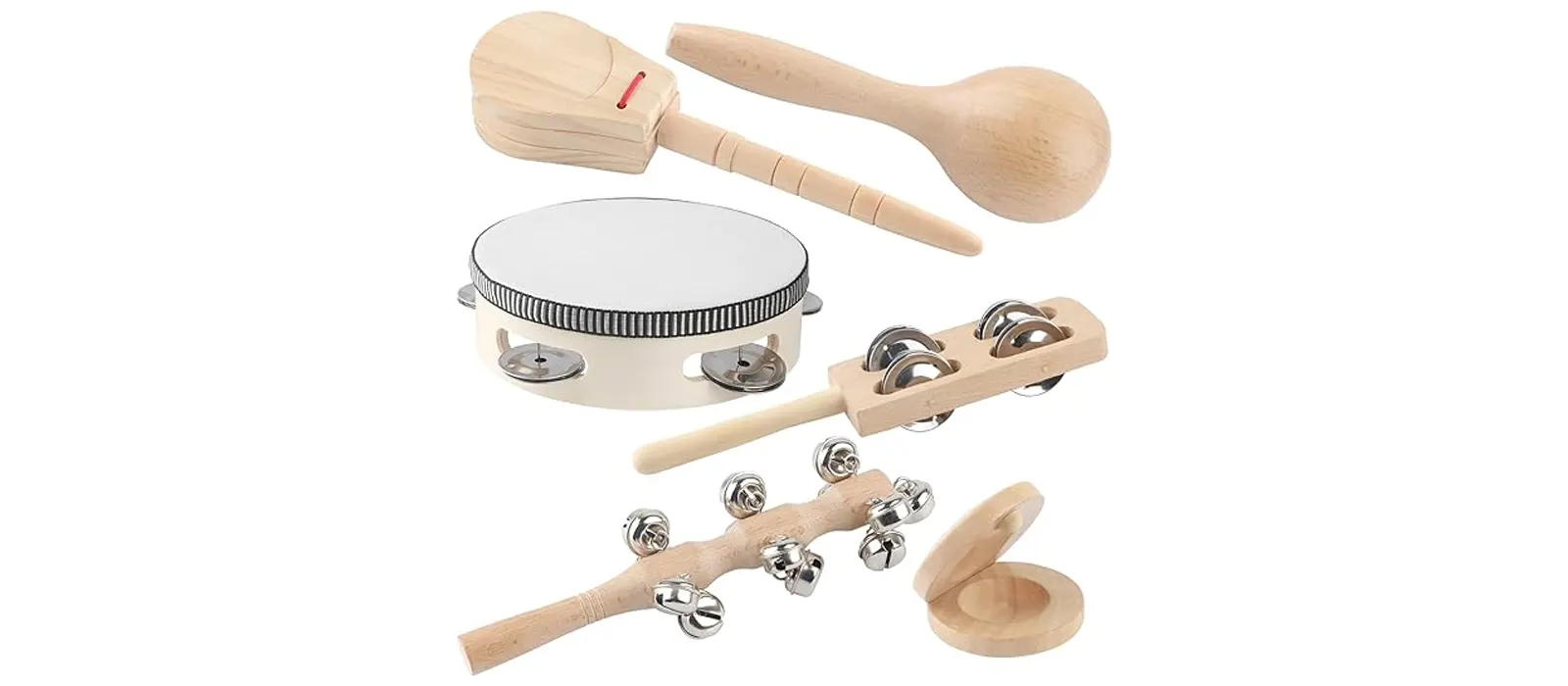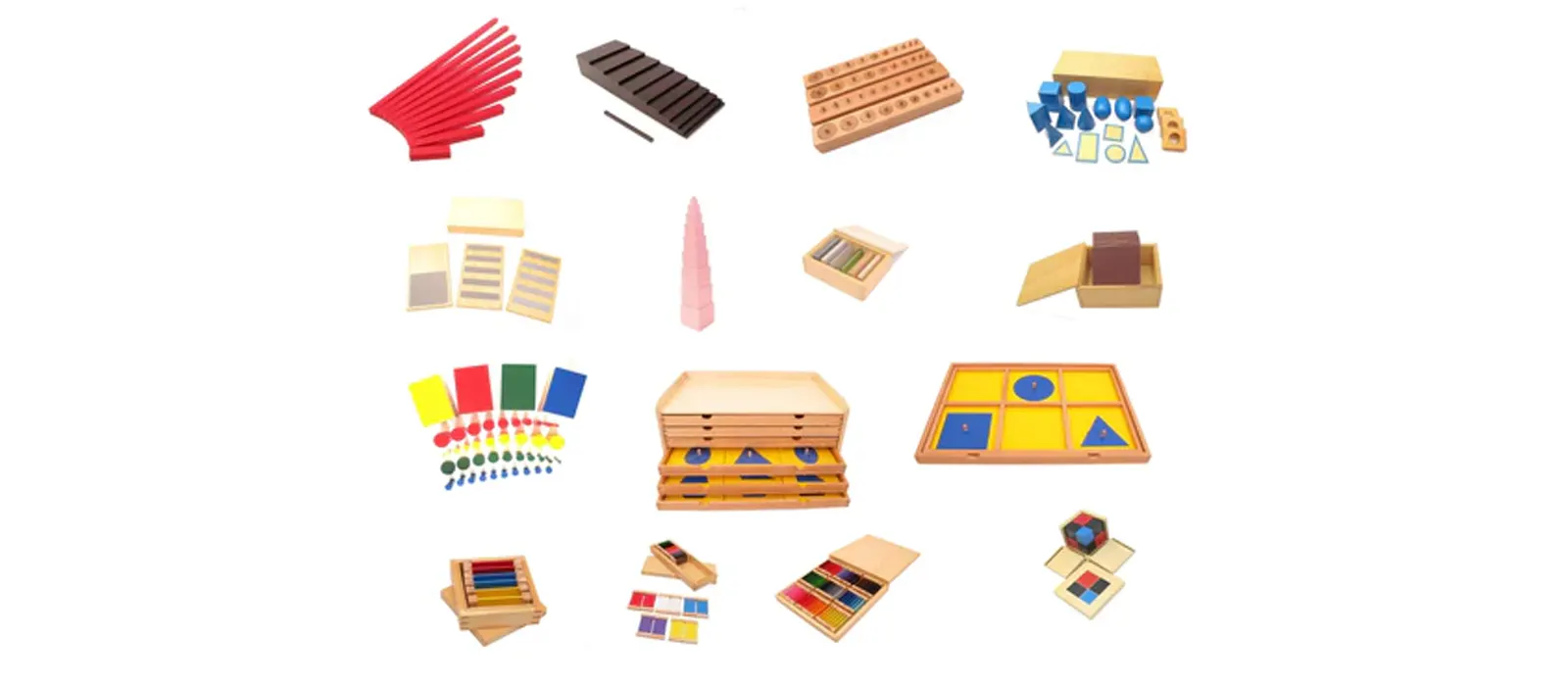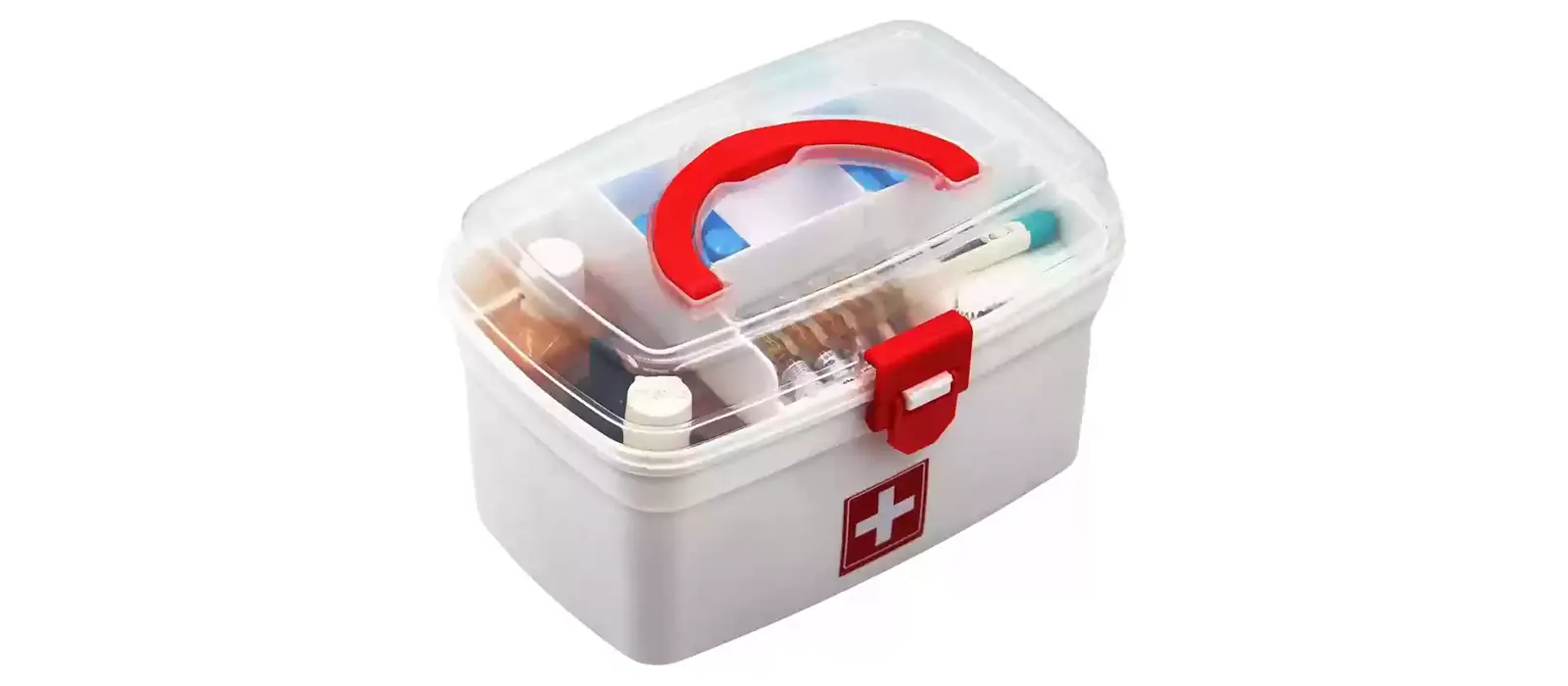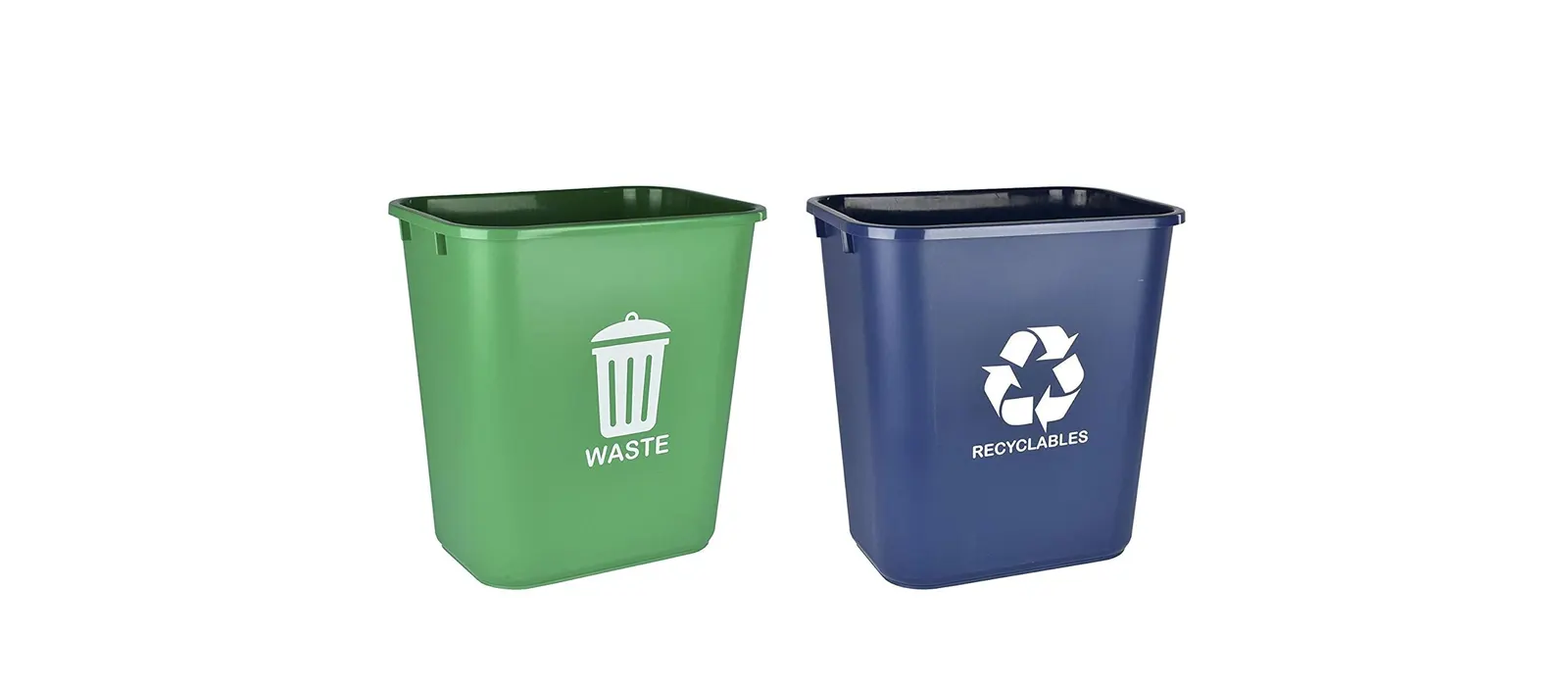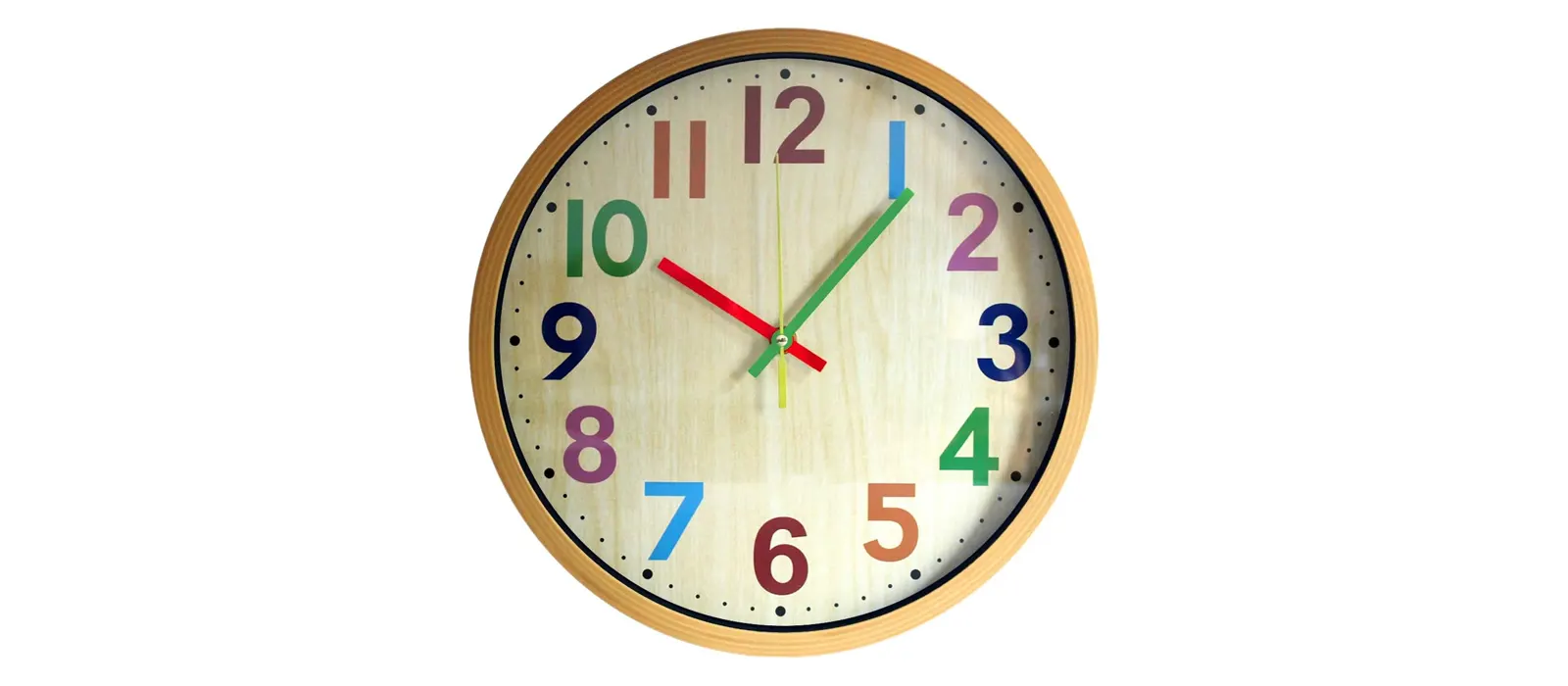Welcome to the kindergarten classroom design guide! Designing a classroom that is both educational and inspiring can have a significant impact on a child’s early learning experience. Whether you are a teacher, parent, or school administrator, understanding effective design principles can help create an environment that fosters creativity, engagement, and cognitive development.
Kindergarten classroom design combines creativity and functionality and the need to create an environment that promotes learning and growth. They involve strategic planning of location, style, space and décor, from layout and furniture arrangement to color schemes and décor, to help you understand the essential elements of kindergarten classroom design.
This article will provide you with tips and ideas. When designing a kindergarten classroom, it is important to consider the needs of the children. Whether you’re a new teacher setting up your first classroom or a seasoned educator looking to revamp your space, this article will provide you with practical insights and ideas for designing a kindergarten classroom that supports the unique needs of your students and improves overall proficiency.
Importance of kindergarten classroom design
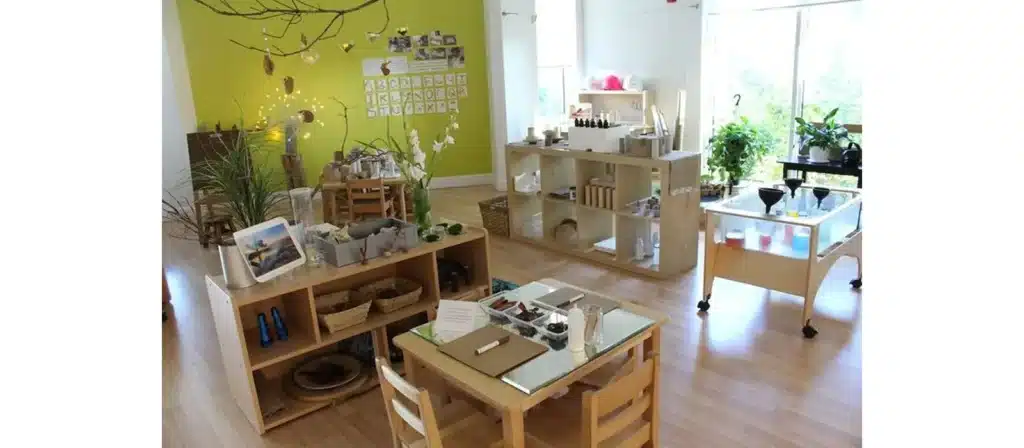
Kindergarten classroom design is more than just aesthetics. It affects children’s learning behaviors and emotional well-being. Effective classroom design creates an environment that encourages exploration, promotes learning and supports the diverse developmental needs of young children.
A well-thought-out design considers the different ways children interact with their environment. It recognizes the need for areas dedicated to different activities – from quiet reading nooks to creative play areas and interactive learning zones. Each space within the classroom serves a specific purpose, helping to organize the day’s activities and manage children’s energy levels effectively.
The right kindergarten classroom design can greatly impact a child’s long-term relationship with learning. It sets the stage for positive education and personal growth.
Kindergarten Classroom Design Concept
The educational philosophy of kindergarten and classroom design are inseparable. To create a kindergarten many factors must be considered to create a balanced classroom environment.
Selection of location
Choosing the right address for the kindergarten is key. The ideal location should be in a quiet but accessible area, away from the hustle and bustle of the city but still connected to the community. However, it is necessary to ensure sufficient sunshine and convenient transportation, and it is best to be close to nature.
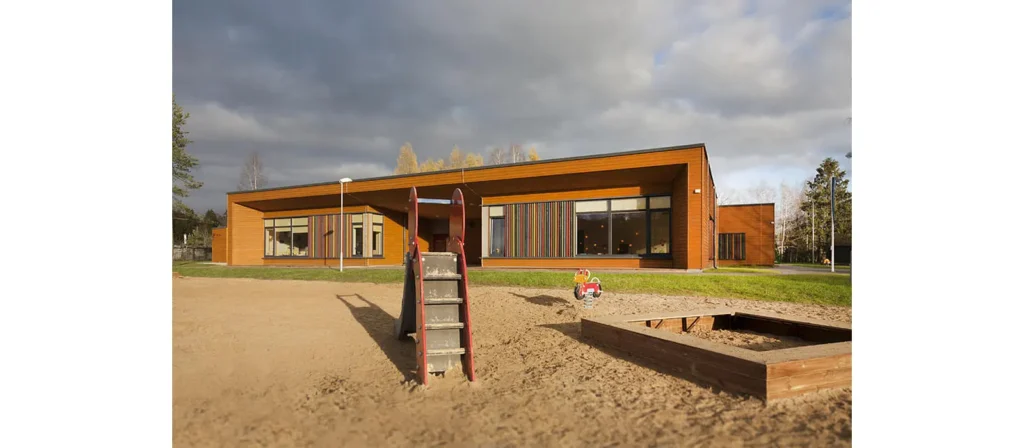
Also, the demographic and cultural aspects of the community should be considered. The kindergarten should reflect and respect the community it serves, providing a space where diversity is celebrated and inclusivity is a priority. This understanding helps create an environment that welcomes children physically and supports them emotionally.
Kindergarten Classroom Design Style
Kindergarten classroom design style should be integrated with your educational philosophy and purpose. Design classroom styles to suit children of different ages. Themed designs, whether inspired by nature, space or the world of storybooks, transform the classroom into a realm of imagination, contributing to children’s holistic development.
Classroom Space Design
Kindergarten classroom spaces are designed to maximize effectiveness while ensuring safety and comfort. Kindergarten spaces generally include entrances and exits, halls, classrooms, activity areas, bathrooms, nap rooms and other areas.
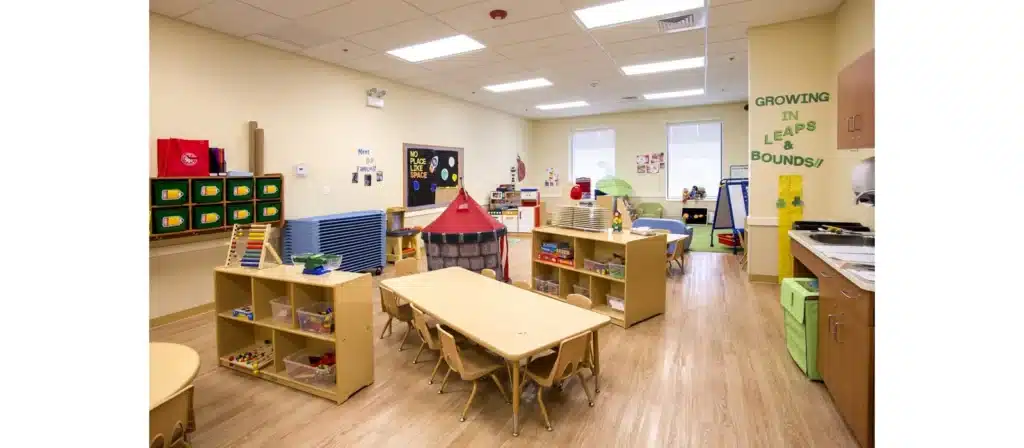
An ideal classroom would have designated areas for different activities—a reading nook, an arts and crafts area, a nap area, and a group space. These areas should be marked but smooth enough to encourage movement and interaction among children.
With the innovation of kindergarten education concepts, kindergarten classroom design is constantly changing. However, the child-centered space design remains unchanged.
Safety
Safety in kindergarten classroom design encompasses child-friendly furniture, non-toxic materials, and secure fixtures. This ensures a safe environment where children can explore and learn without risk of injury. Safety protocols also include regular classroom inspections and maintenance to address potential hazards promptly.
Emergency Exits
Emergency exits in kindergarten classrooms are marked and easily accessible to ensure the safety of all students and staff. These exits are part of a comprehensive emergency plan that includes regular drills and clear instructions, ensuring that everyone knows how to quickly and safely evacuate the building in case of an emergency.
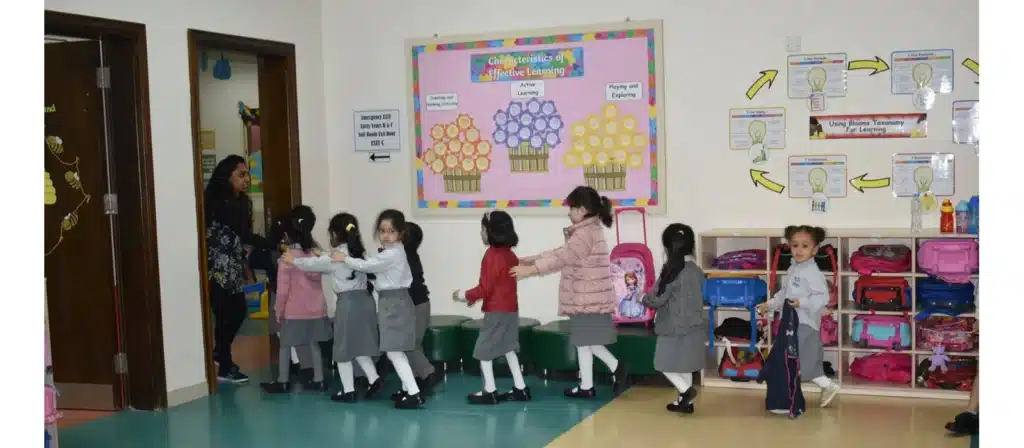
Kindergarten Classroom Decoration
The kindergarten classroom decoration is not just decoration; it is of great help to children’s growth. Wall decorations, educational toys and learning materials should be strategically placed to spark curiosity and encourage learning.
Interactive elements, such as tactile boards, puzzles and building blocks, should be readily available to children. Artwork created by children can be displayed, fostering a sense of achievement and belonging. Decorations must be visually appealing and meaningful for children’s learning.
Kindergarten Classroom Design Floor Plans
The floor plan of a kindergarten classroom is a critical component of its design. It dictates the flow of movement, the allocation of space for various activities, and the room’s overall functionality. An effective floor plan balances open spaces for group activities with more intimate areas for individual learning and quiet time.
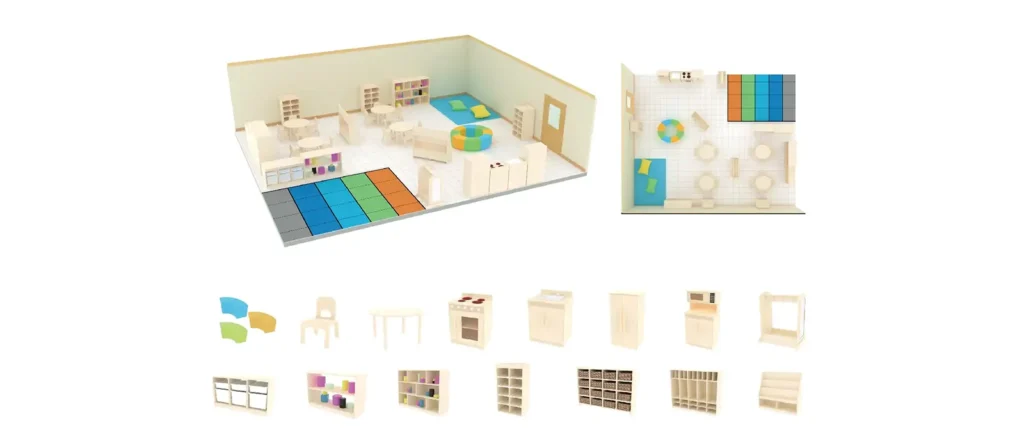
The following are things to pay attention to when designing a kindergarten classroom floor plan:
- Size of the kindergarten classroom
- Number of children in the classroom
- Number of classrooms and offices
- Total number of people coming to the classroom regularly
- Staff space
- Space for indoor activities
- The layout should be easy to move around
- Storage space
- Classroom entrances and reception areas
Essential Elements of Kindergarten Classroom Design
Key elements of kindergarten classroom design include open structure room layout, creating contrasts, thoughtful color selection, accommodating children’s visual fields, and creating private spaces. Each element plays a crucial role in enhancing the learning experience.
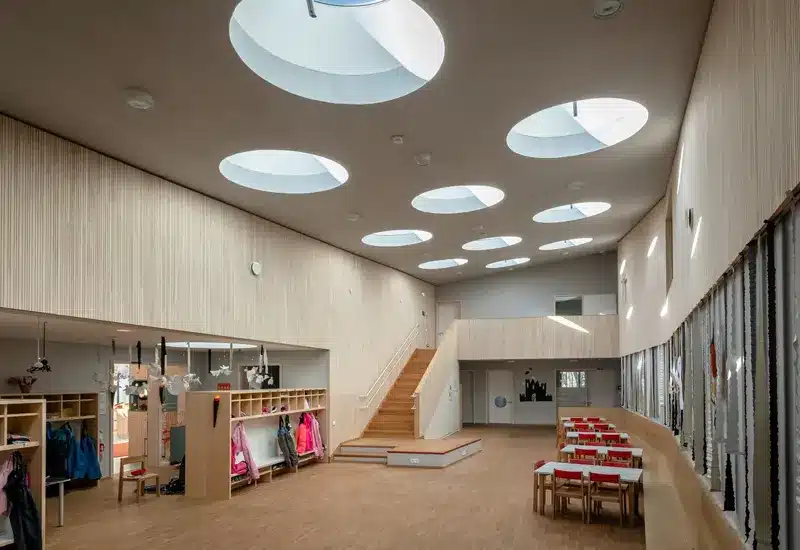
Open Structure Room Layout Space
The open-structured classroom layout fosters flexibility, allowing for different learning activities and styles. In such an environment, children can move freely, explore and interact with their surroundings. This open design supports small group activities, individual exploration, and teacher-led instruction in the same space.
Creating Contrasts
Creating contrasts in a kindergarten classroom goes beyond mere color choices. It involves using a variety of textures, shapes, and sizes to stimulate sensory development and maintain children’s interest. Contrasts can be introduced through smooth and rough textures or light and shadow.


Choice of Colors
Different colors in kindergarten classroom can evoke different emotions and behaviors in children. For example, blue is often associated with calmness and can be used in relaxation or focused activities. In contrast, warmer colors such as red or orange can be used in more active play areas to stimulate energy and creativity.
Children’s Visual Field
Designing for children’s visual fields involves considering the height and placement of objects in the classroom. Furniture, displays, and learning materials should be within the line of sight and reach of young children. This approach not only makes the classroom more accessible and engaging for them but also promotes independence and confidence as they interact with their environment.
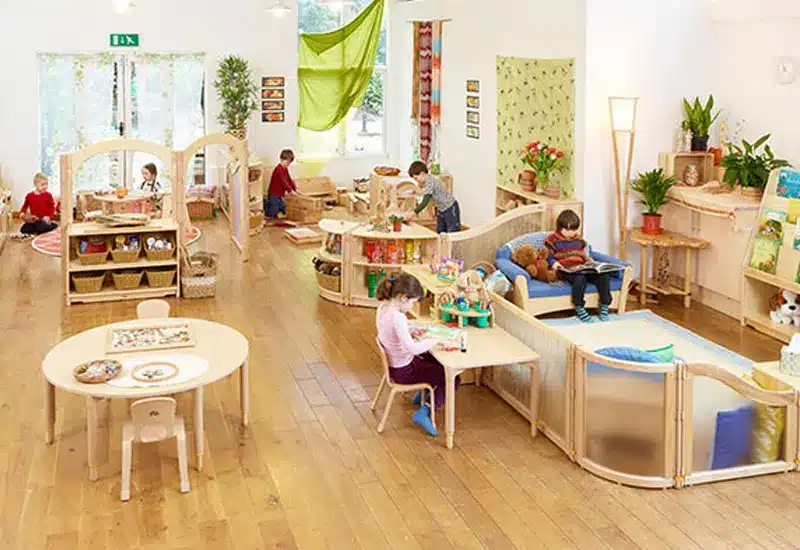
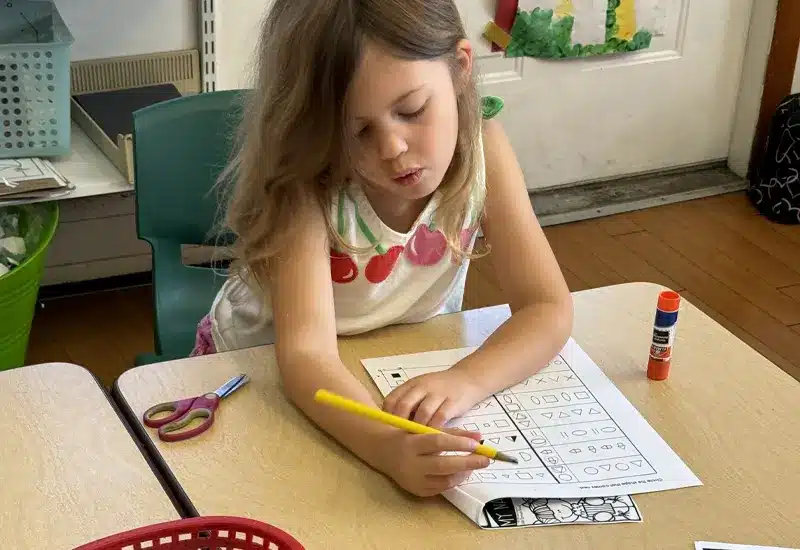
Creation of Private Space
Creating private spaces in kindergarten classrooms provides children a quiet place to relax, reflect, or engage in solitary activities. A private space can be as simple as a cozy nook with pillows and books, a small tent, or a secluded nook with art supplies.
Wall Spaces
Wall space in kindergarten classrooms is used for educational displays, student artwork and interactive learning tools. These walls become dynamic teaching aids that make classrooms visually stimulating and informative, engaging children and enhancing their learning experience.
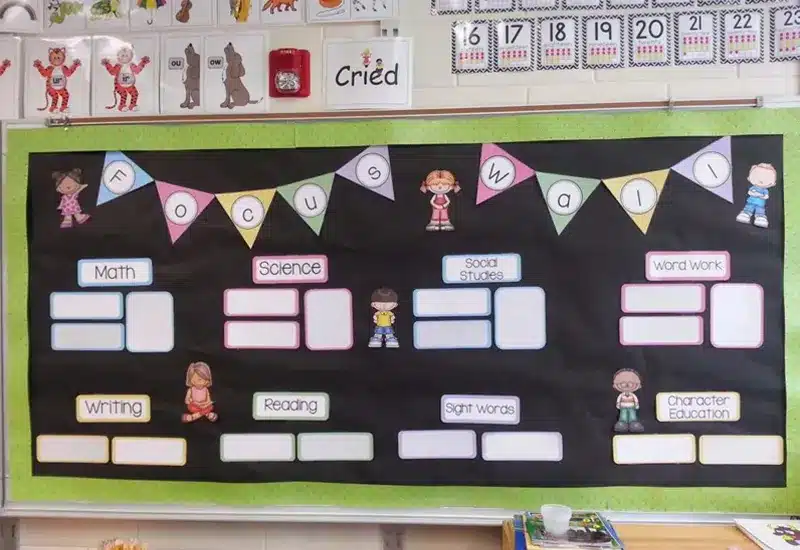
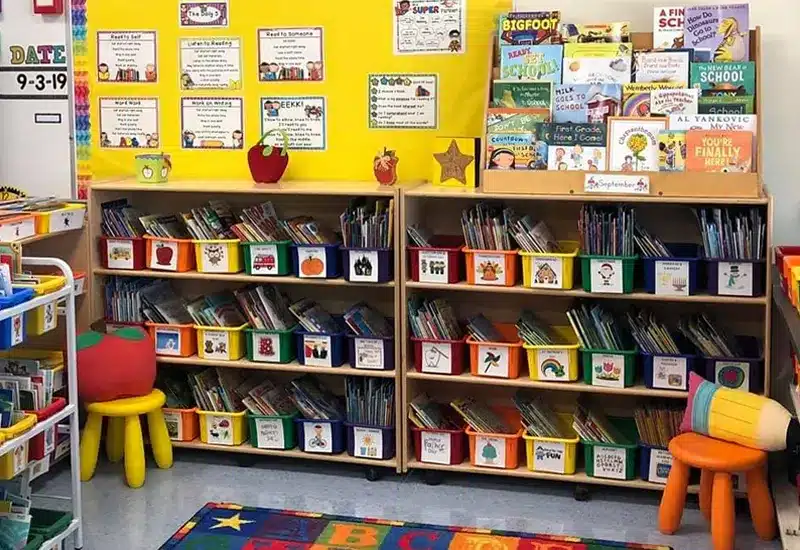
Organized Storage
Organized storage solutions for kindergarten classrooms include labeled garbage cans, shelves, and cabinets that neatly organize educational materials, toys, and supplies. Teaching children the importance of neatness makes it easier for them to find and return items independently.
Classroom Display
Classroom displays in kindergarten settings are carefully curated to reflect the current themes, lessons, and student projects. These displays create a vibrant and engaging atmosphere, reinforcing learning concepts and celebrating students’ achievements, boosting their confidence and enthusiasm for learning.
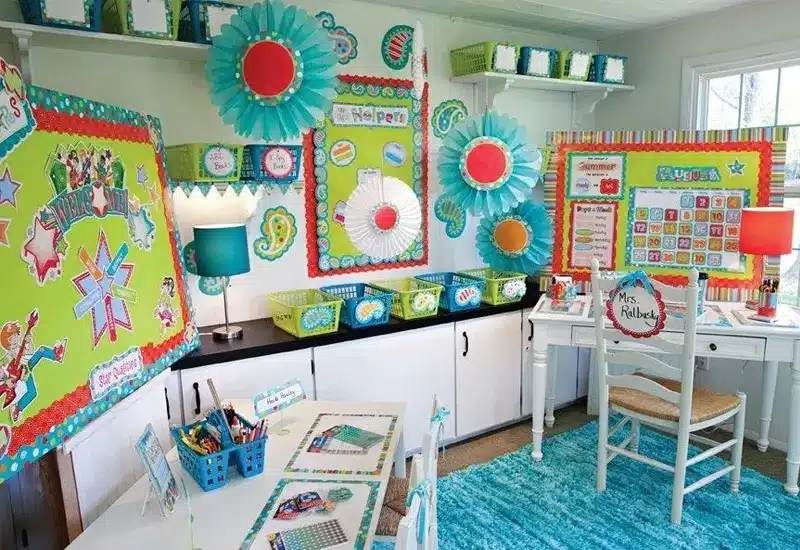
As we explore further the nuances of kindergarten classroom design, we find that each element plays a crucial role in creating an environment that nurtures early learning and development. From the room’s layout to the choice of colors, every detail is carefully considered to ensure that the classroom is not just a place for education but a space where children can thrive.
Considerations for furniture and layout
Kindergarten classroom design includes a strategic layout that maximizes space utilization, selecting safe, durable, and age-appropriate furniture and equipment and incorporating educational and interactive elements to stimulate learning.
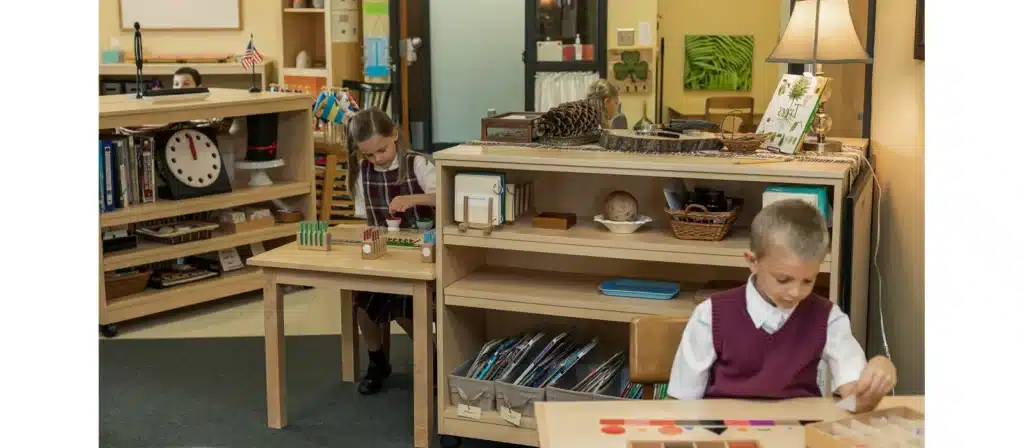
Kindergarten Classroom Design Layout
An ideal kindergarten classroom layout is carefully planned to meet the developmental needs of children, supports diverse learning activities, and fosters a holistic educational environment.
Consider the Age and Needs of Children
Designing a kindergarten classroom starts with understanding the age and developmental needs of the children. This age group, typically between 3 and 6 years old, requires a space that supports their physical, cognitive, and emotional development. The classroom layout should promote movement, facilitate easy access to learning materials, and include appropriately sized furniture for young children.
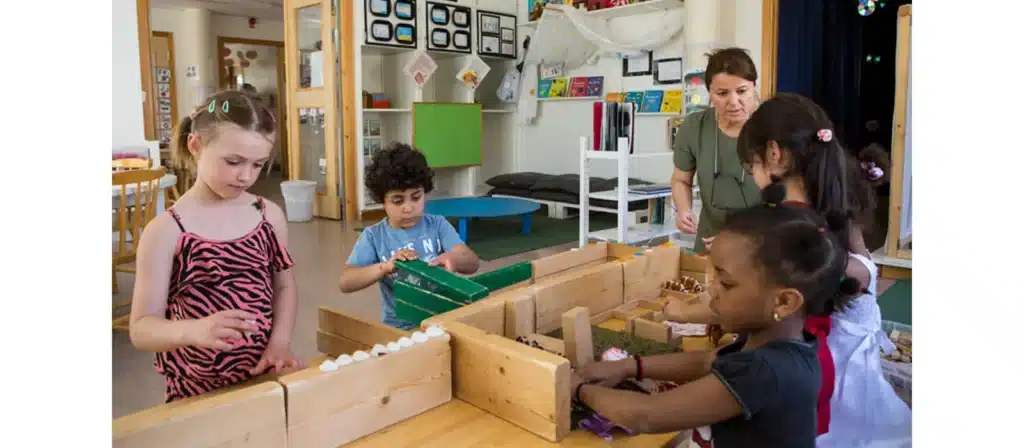
Rational Layout Based on Lesson Plans and Objectives
The kindergarten classroom layout should reflect and support the educational objectives and lesson plans. This means creating spaces conducive to the varied kindergarten curriculum activities, such as reading, arts and crafts, imaginative play, and group activities.
Each classroom area should be designed specifically: a cozy corner for storytelling or a spacious area for collaborative projects. The layout should facilitate the smooth transition of children from one activity to another, minimizing disruption and maximizing engagement.
Layout of Different Activity Areas in Kindergarten Classroom Design
Activity areas in kindergarten classrooms are dedicated spaces designed to facilitate specific types of learning and play. Everyday activity areas include:
- Arts and Crafts Area: A space equipped with materials for drawing, painting, and crafting, encouraging creativity and fine motor skills development.
- Reading and Quiet Area: A cozy space with various books and comfortable seating, promoting literacy and providing a calm area for relaxation.
- Sensory Play Area: An area with materials like sand, water, and clay, supporting sensory exploration and discovery.
- Science and Nature Corner: A space with natural elements and scientific tools, fostering curiosity about the natural world.
- Dramatic Play Area: A space with costumes and props that encourage imaginative play and social development.
- Physical Activity Zone: An area for movement and physical play, crucial for physical development and coordination
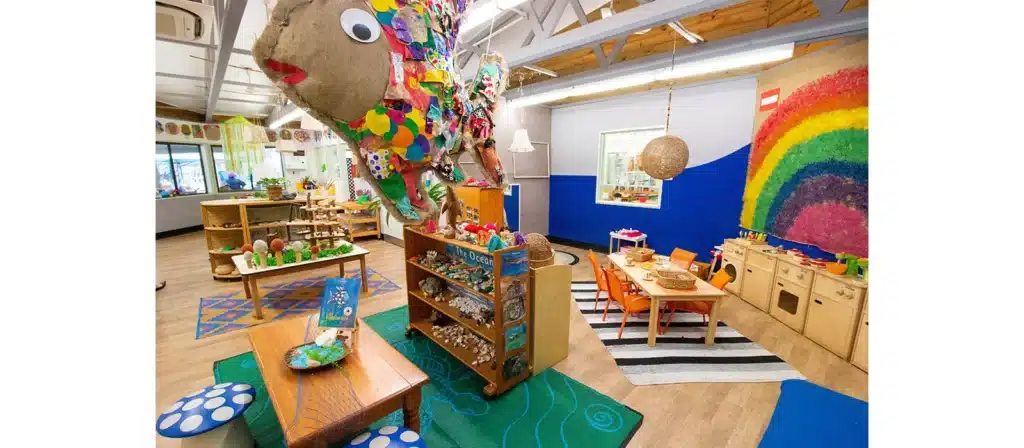
The Layout of the Classroom Should Have a Global and Holistic View
Adopting a global and holistic view of the kindergarten classroom layout means considering the overall flow of the space and how each area connects with the others. It’s about creating a cohesive, nurturing environment responsive to children’s diverse learning styles and needs.
The design should also consider the connection between indoor and outdoor learning spaces, ensuring a seamless transition that enriches the children’s educational experience. A holistic view encompasses not just the physical layout but also the emotional and educational atmosphere of the classroom.
Choosing the Right Furniture and Equipment
The layout and choice of furniture and equipment should also promote a safe environment with clear sight lines for supervision, and the materials should be non-toxic and age-appropriate. Here are essential pieces of furniture and equipment typically needed in a kindergarten
Kindergarten Classroom Furniture
1. Child-Sized Tables: Round, square, or rectangular tables that are low to the ground to accommodate young children.
2. Child-Sized Chairs: Durable and stable chairs sized for young children, with back support.
3. Storage Cabinets: For storing educational materials, toys, and craft supplies. Cabinets with adjustable shelves can accommodate items of various sizes.
4. Cubbies and Lockers: Individual storage spaces for children to store their belongings, such as backpacks, lunch boxes, and coats.
5. Bookshelves: Low-height shelving for easy access to books and to encourage a love of reading. Some shelves may have designated slots for individual books.
6. Couches: Small, comfortable seating options for quiet reading or relaxation areas within the classroom.
Other Kindergarten Classroom Furniture
- Activity Mats or Rugs: Large, thematic rugs that provide a soft surface for floor activities and help define play areas.
- Nap Mats or Cots: Portable sleeping mats or small cots that can be easily stored when not in use, for rest or nap times.
- Teacher’s Desk and Chair: A comfortable workspace for the teacher, including a desk with storage for instructional materials and a comfortable, ergonomic chair.
- Whiteboard or Chalkboard Easels: Freestanding easels for writing and drawing activities, which can be moved around the classroom as needed.
- Sensory Tables: Tables with deep bins that can be filled with sand, water, or other sensory materials for exploratory play.
- Dramatic Play Furniture: Pieces like kitchen sets, dollhouses, and dress-up closets that support imaginative play.
- Outdoor Benches or Picnic Tables: Durable outdoor furniture for snack time, outdoor lessons, or rest during outdoor play.
- Bulletin Boards: For displaying children’s work, educational materials, or classroom announcements.
This expanded list of kindergarten furniture focuses on individual items to enhance the classroom’s functionality, organization, and comfort, ensuring a welcoming and efficient learning environment for young children.
Kindergarten Equipment & Supplies
- Art Supplies: Crayons, markers, glue, child-safe scissors, and a variety of paper for drawing and crafting activities.
- Technology: Computers or tablets equipped with educational software and apps for interactive learning activities, depending on the school’s curriculum focus.
- Music and Movement Supplies: Simple musical instruments (e.g., tambourines, drums), a CD player or digital music player, and materials for dance and movement activities.
- Outdoor Play Equipment: If applicable, playground equipment is designed for young children, such as slides, swings, and climbing structures, to support physical development.
- Cleaning Supplies: Child-safe cleaning agents and materials to maintain a clean and hygienic learning environment.
- Educational Toys and Games: Materials that support learning of basic concepts like numbers, letters, shapes, and colors, tailored to the developmental stages of the children.
- First-Aid Kit: Stocked with band-aids, antiseptic wipes, ice packs, and other basic first aid supplies.
- Safety Equipment: To ensure classroom safety, fire extinguishers, smoke detectors, and childproofing materials.
- Trash and Recycling Bins: Child-accessible bins for waste and recyclable materials, possibly color-coded or labeled.
- Circle Time Accessories: A large clock, calendar, weather chart, and storytelling aids for group discussions and learning.
This comprehensive list of equipment and supplies ensures a well-rounded, educational, and fun environment for kindergarten students, catering to their diverse developmental needs.
Incorporate Educational and Interactive Elements
Incorporating educational and interactive elements into kindergarten classroom design includes various learning materials and resources, such as books, puzzles, educational toys, and art supplies, that should be easily accessible to children.
Interactive elements such as tactile boards, sensory tables and technology-based learning tools can significantly enhance the educational experience. These elements encourage exploration, curiosity and hands-on learning.
Creating a balance between traditional educational materials and innovative learning tools is key. For example, combining digital learning aids with classic books and physical toys provides a well-rounded learning experience that caters to different learning styles and preferences.
Technology integration in kindergarten classroom design
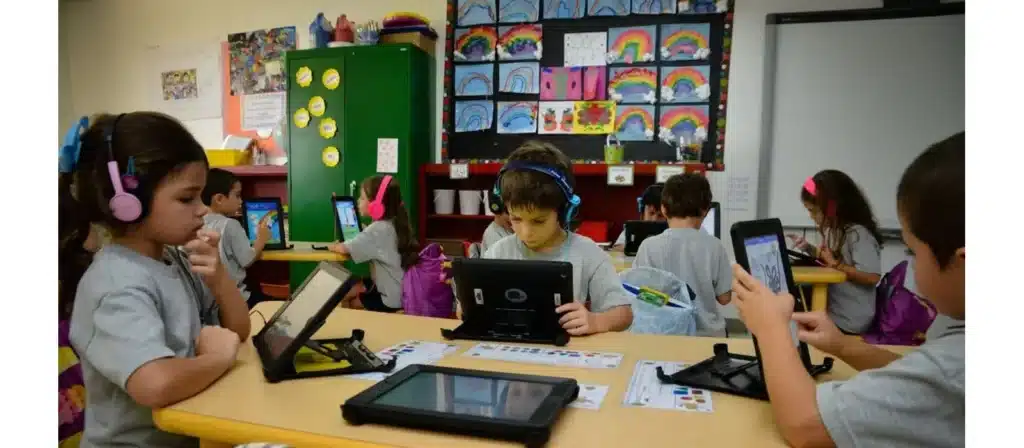
In today’s digital age, children are more tech-savvy than ever, and the classroom environment should reflect this reality.
Effective technology integration involves more than just having computers or tablets in the classroom. For example, interactive storytelling using a smartboard or tablet with educational apps can significantly improve learning outcomes.
Technology should support, not replace, traditional learning methods. Technology-related activities should be carefully planned to align with curricular and developmental goals. In addition, ensuring that technology is age-appropriate and user-friendly is critical to its success in the classroom.
Safety Considerations in Kindergarten Classroom Design
Safety is paramount in any early childhood education setting. A safe classroom environment protects children from physical harm and provides a sense of security, which is essential for effective learning.
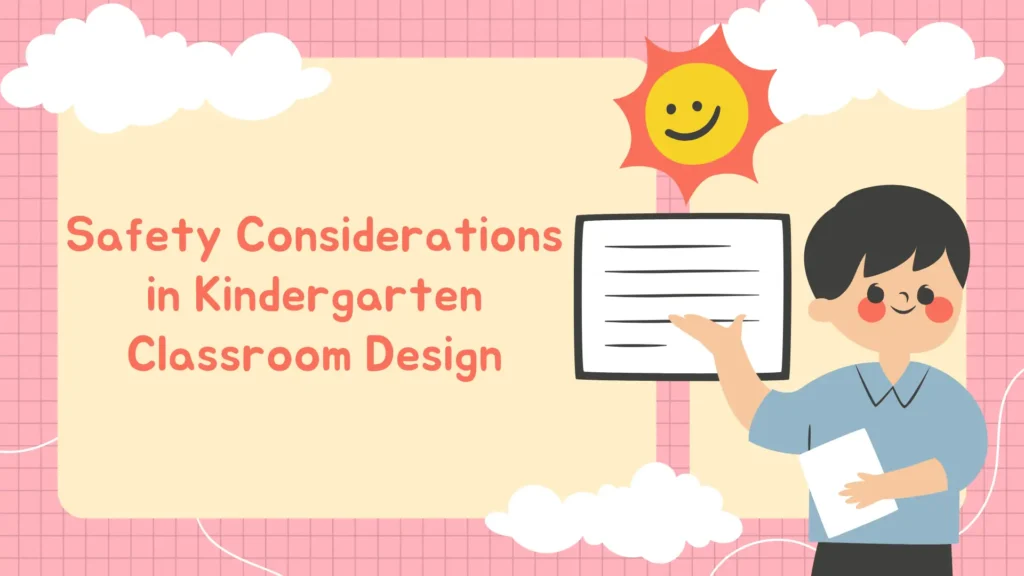
When designing a safe kindergarten classroom, every detail matters. This includes choosing non-toxic and durable materials, ensuring furniture has rounded corners, and creating a layout that minimizes confusion and potential hazards. It’s also important to have easy access to a first aid kit and to design the space in a way that allows for constant supervision.
In addition to physical safety, emotional safety is equally important. This includes creating a nurturing environment where children feel valued and understood. Inclusivity should be a key consideration, ensuring that classrooms welcome children of all backgrounds and abilities.
What Are Some Innovative Approaches to Kindergarten Classroom Design?
Innovation in kindergarten classroom design should be thought about outside the box.
One innovative approach is to incorporate nature into the classroom. This can be accomplished through indoor plants, natural lighting and materials with natural textures. These elements have been shown to reduce stress and improve children’s cognitive function.
Another approach is to create modular and flexible learning spaces. This involves using movable furniture and partitions to create a dynamic classroom that can be reconfigured for various activities and learning styles. It allows the classroom to evolve and adapt to the changing needs of students and educators.
Incorporating play and exploration elements into kindergarten classroom design can significantly enhance the learning experience. This may include climbing walls, sensory play areas, and creative art stations. These elements encourage active learning and foster curiosity and wonder.
Getting Feedback from Students and Parents on Your Kindergarten Classroom Design
Feedback from students and parents is invaluable in the design process. It provides insights into the design’s effectiveness and highlights areas for improvement.
Engaging with students to understand their experiences in the classroom can reveal a lot about how the design impacts their learning and comfort. Young children can offer surprisingly astute observations about their environment. Their feedback can guide adjustments to make the space more engaging and comfortable.
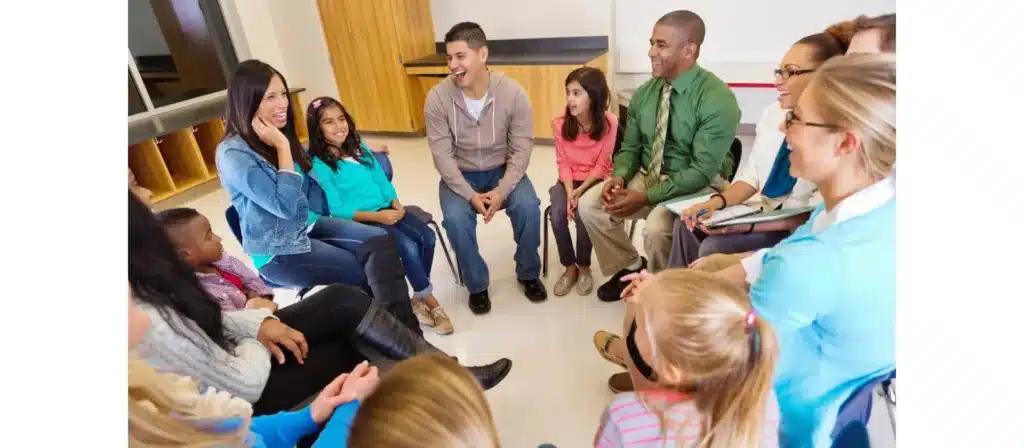
Parental feedback is equally important. Parents can provide a different perspective, focusing on safety concerns, the educational value of the design, and how it aligns with their expectations for their child’s learning environment.
Conclusion
Kindergarten classroom design is a complex task that requires careful consideration of various elements. Every aspect of safety and stimulation, from flexibility to comfort, is crucial in creating an environment conducive to learning and growth. At Xiha Montessori, we understand the importance of these factors and are committed to providing furniture and design solutions that meet the highest standards of quality and effectiveness. Remember, a well-designed classroom is the first step in nurturing a child’s love for learning and exploration.


